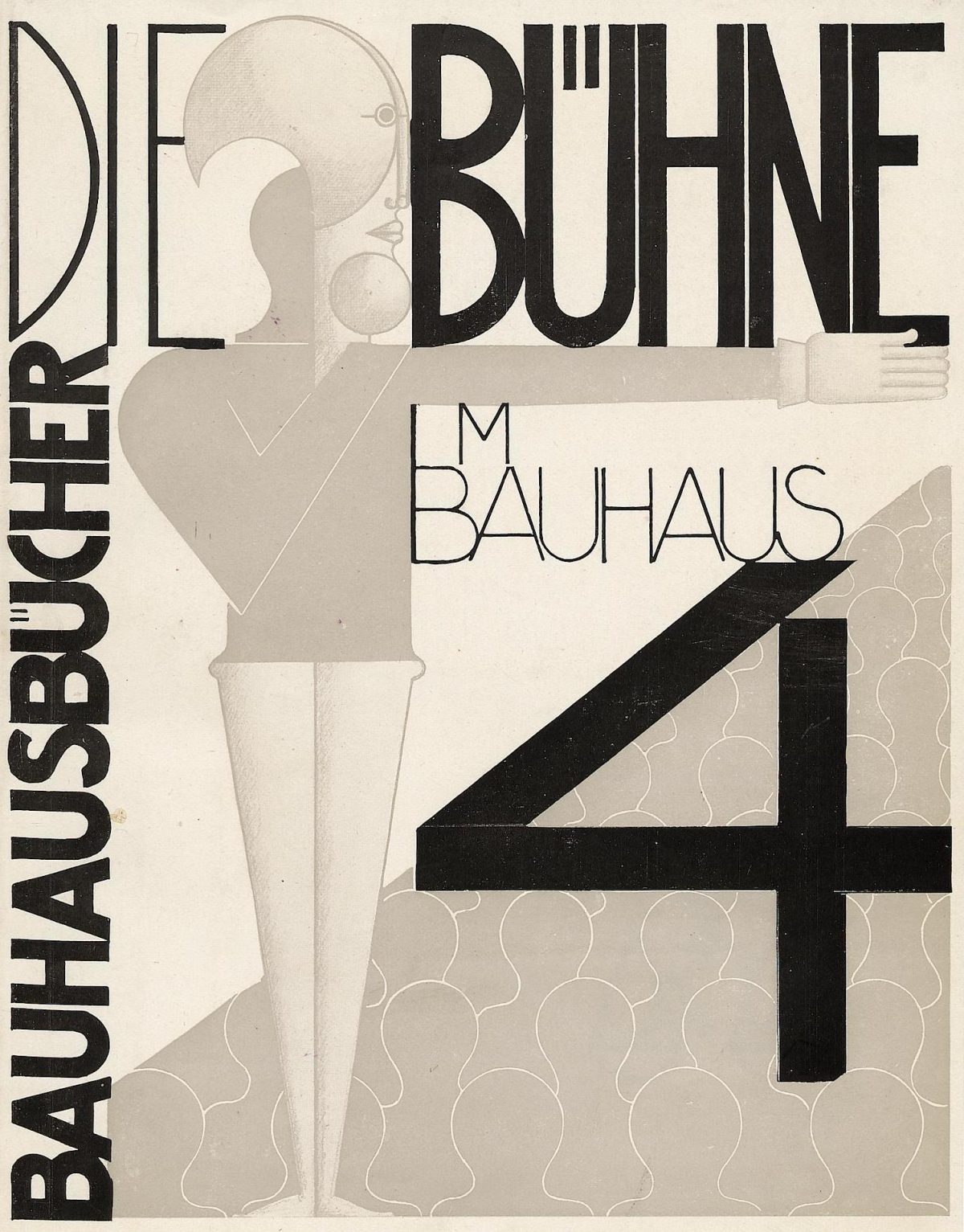
The Bauhaus, Germany’s influential art, design and architecture school, thought performance and function should be united to form part of the whole art experience. In 1925, the short-lived movement (1919 – 1933) published The Theatre of the Bauhaus (Die Bühne im Bauhaus). With words and illustrations by some of the school’s best known original members — Walter Gropius, Paul Klee, László Moholy-Nagy and Josef Albers, among others — this Bauhaus (building house) book outlined a vision for the visual arts. The work on theatrical performance and performance spaces features some gorgeous illustrations, and describes a theater stripped of history, moralism, scenery and narrative. You can see the pictures below.
As Stamford University notes in its review of the book: “The Bauhaus group believed traditional theater to be little more than a vehicle for propaganda, with its “peep show stage” separating spectators from performers… Oskar Schlemmer [Director of the Theater Workshop] and his Bauhaus associates created an abstract theater of movement, color, light, form and sound – language would be added later, once the stage had been purged of its ‘literary encumbrance’. They believed that humanity’s essential nature – freed from history, tradition, class, and nationality – would find expression in theatrical works that incorporated pantomime, masks, dance, and acrobatics.”
As German architect Walter Gropius, who founded Bauhaus in 1919, wrote in his manifesto Programm des Staatlichen Bauhauses Weimar: “There is no essential difference between the artist and the artisan.” His school would eradicate the ancient line between applied arts and fine arts. Bauhaus would create a synthesis of the arts, a renaissance of genres and certainties. This would be Total Art.
As Jonathan Crow writes: “Bauhaus architecture sandblasted away the ornate flourishes common with early 20th century buildings, favoring instead the clean, sleek lines of industrial factories. Designer Marcel Breuer reimagined the common chair by stripping it down to its most elemental form. Herbert Bayer reinvented and modernized graphic design by focusing on visual clarity. Gunta Stölzl, Marianne Brandt and Christian Dell radically remade such diverse objects as fabrics and tea kettles.”
This book’s illustrations of the merging of different art forms, includes Oskar Schlemmer’s sketches, graphics and photographs. As he notes, all is made according to the key guides:
• Concerning the sound: sound effect will make use of various acoustical equipment (activated electronically or mechanically). The sound waves are coming from unexpected sources.
• Concerning the light: It must experiment the action of light in space by the means of illuminations, contrast, metallic mask, painting or light projection.
• Concerning the space: The traditional horizontal structure converts into vertical motion and dynamic construction. The stage is movable with a space in construction, rotating sections, variation of levels. The form of the auditorium changed to reduce the present isolation between stage and spectator. The objective being to change the form to suit the newly organized motion.
The Bauhaus theater would be the ideal setting for a Paul Klee puppet show, or Oskar Schlemmer’s Das Triadische Ballett, of which some of the costumes feature in this terrific book.
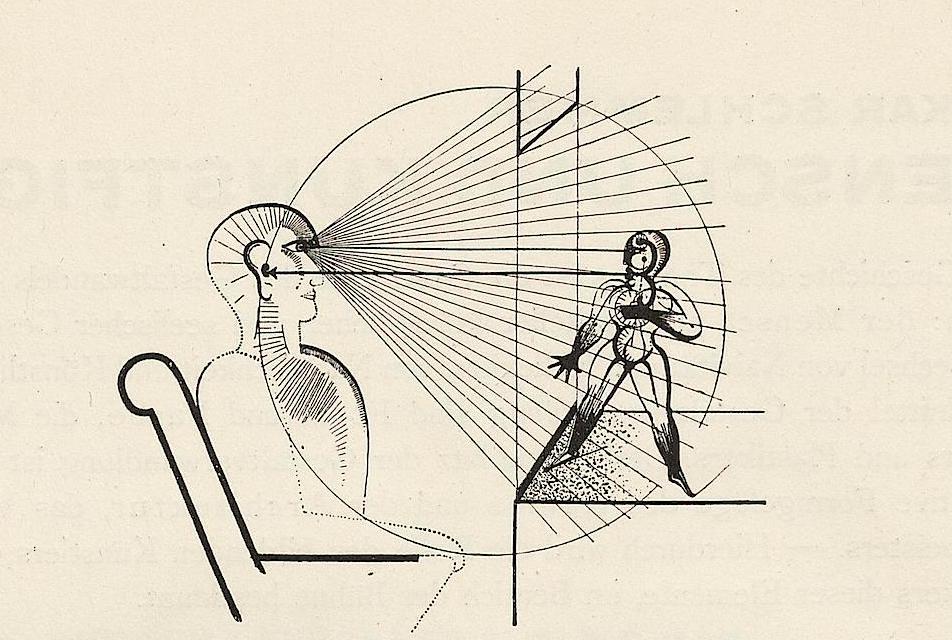
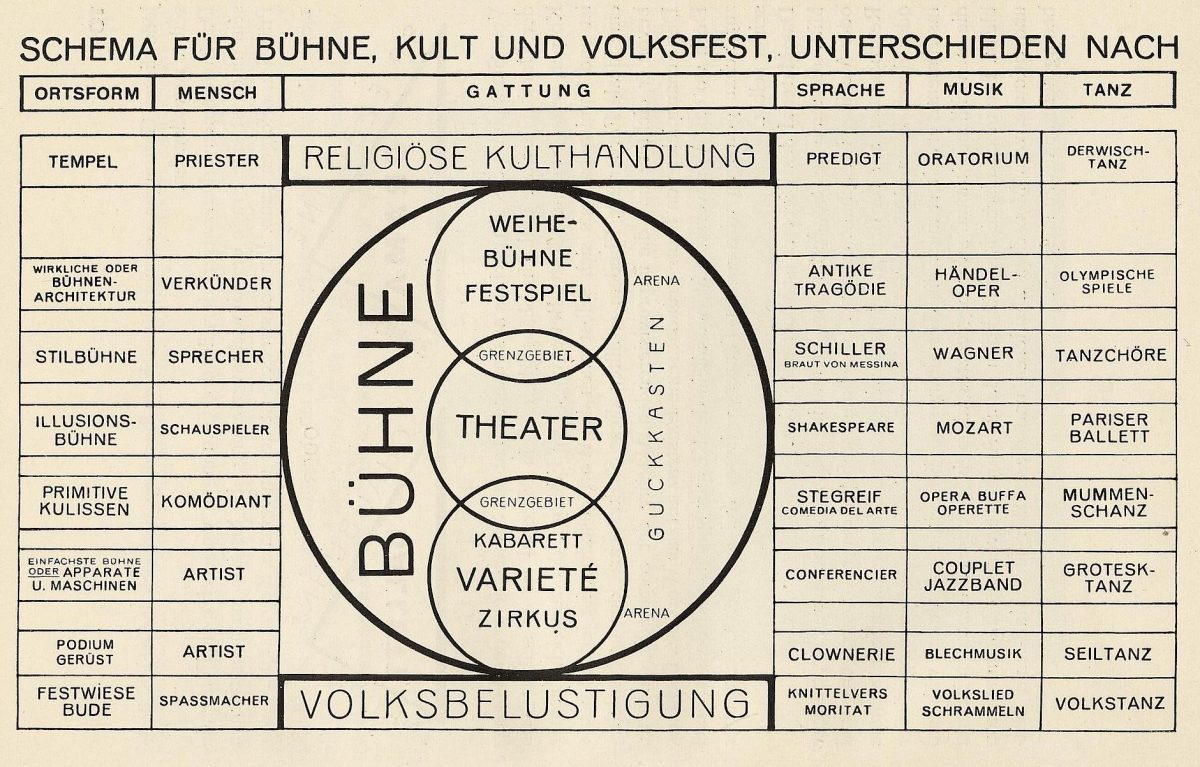
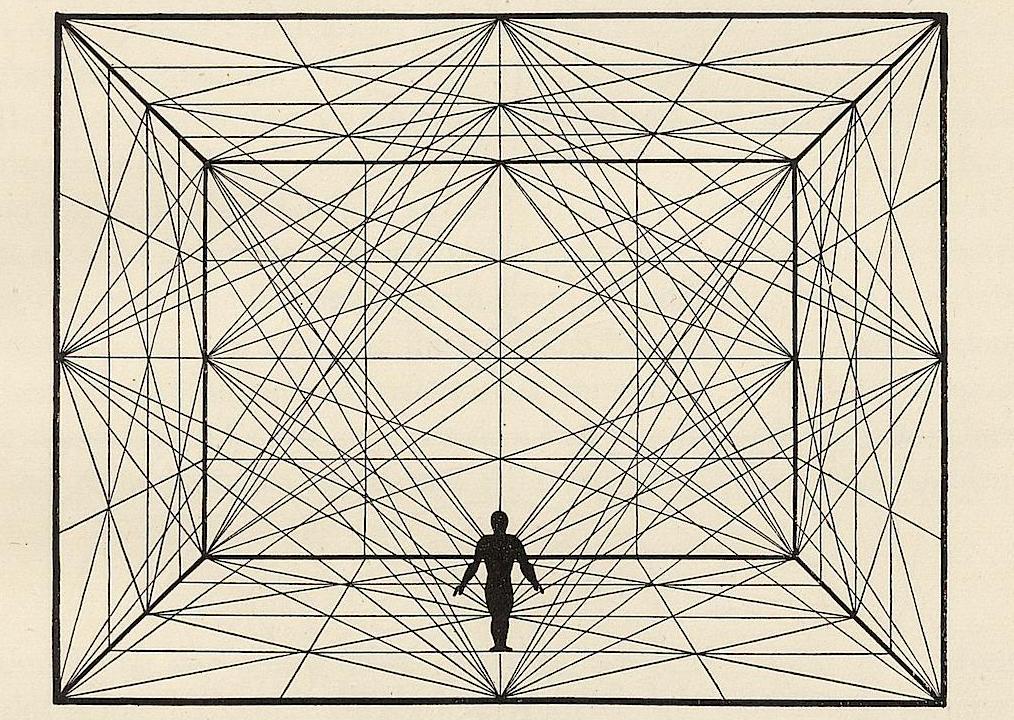
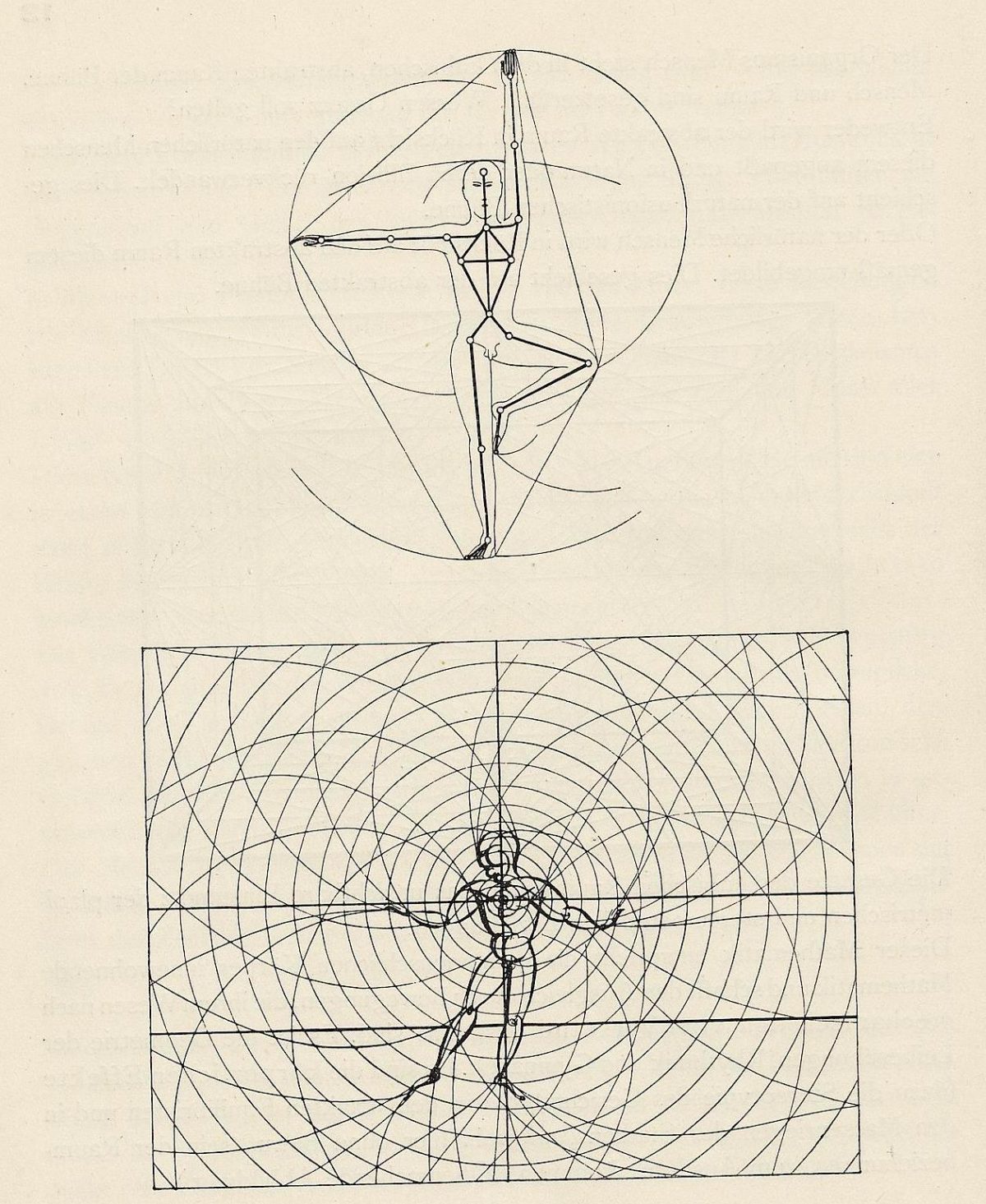
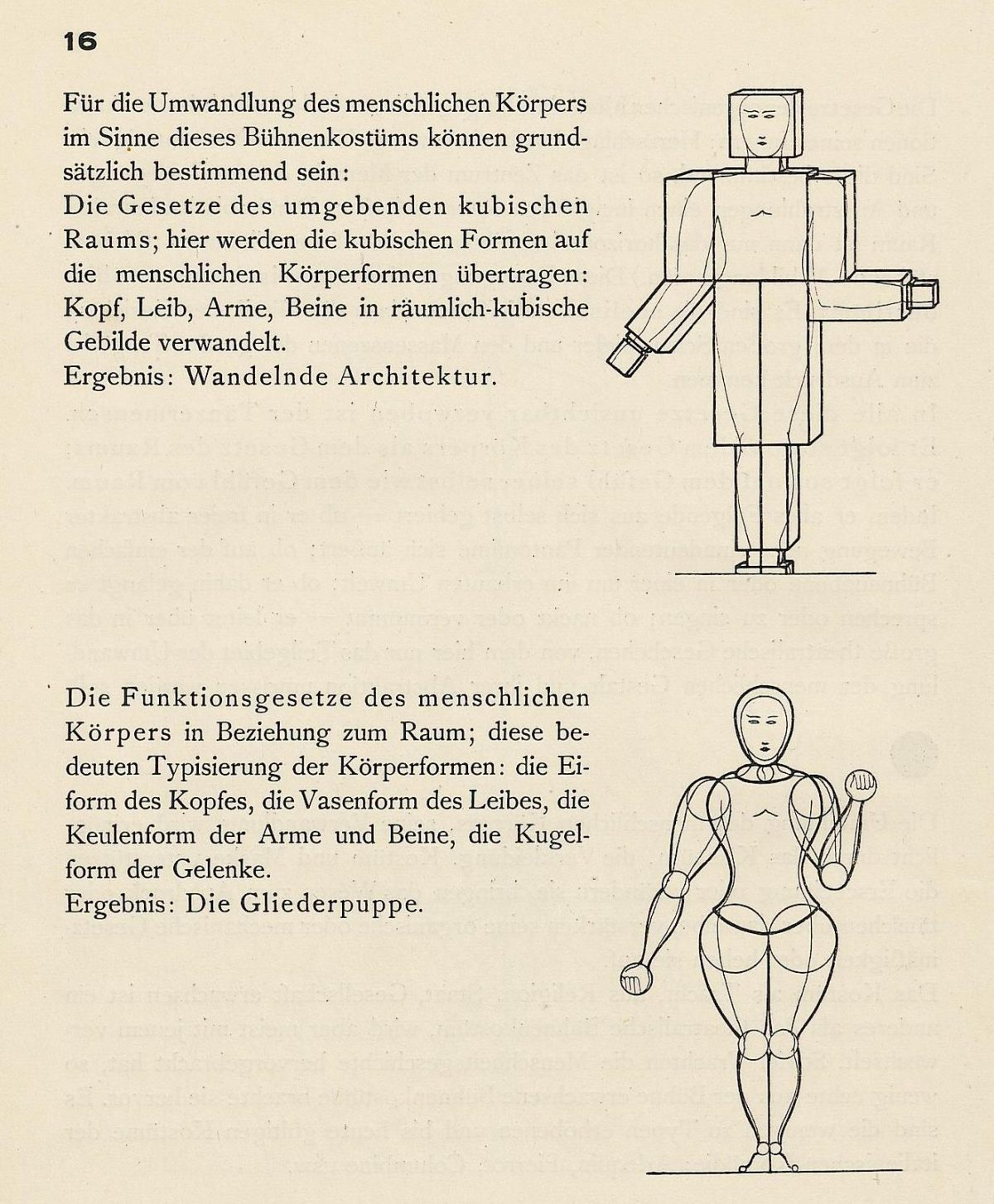

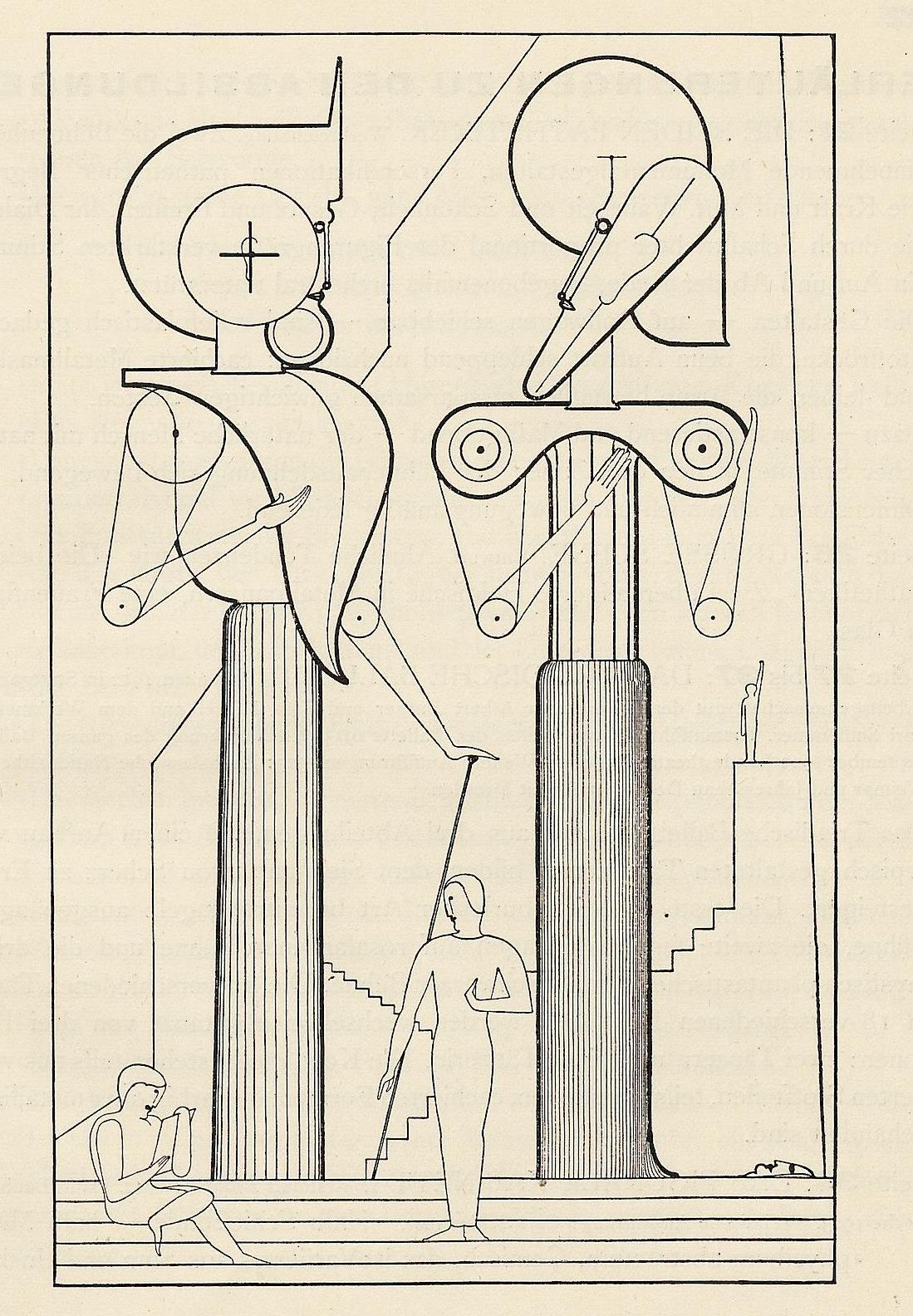
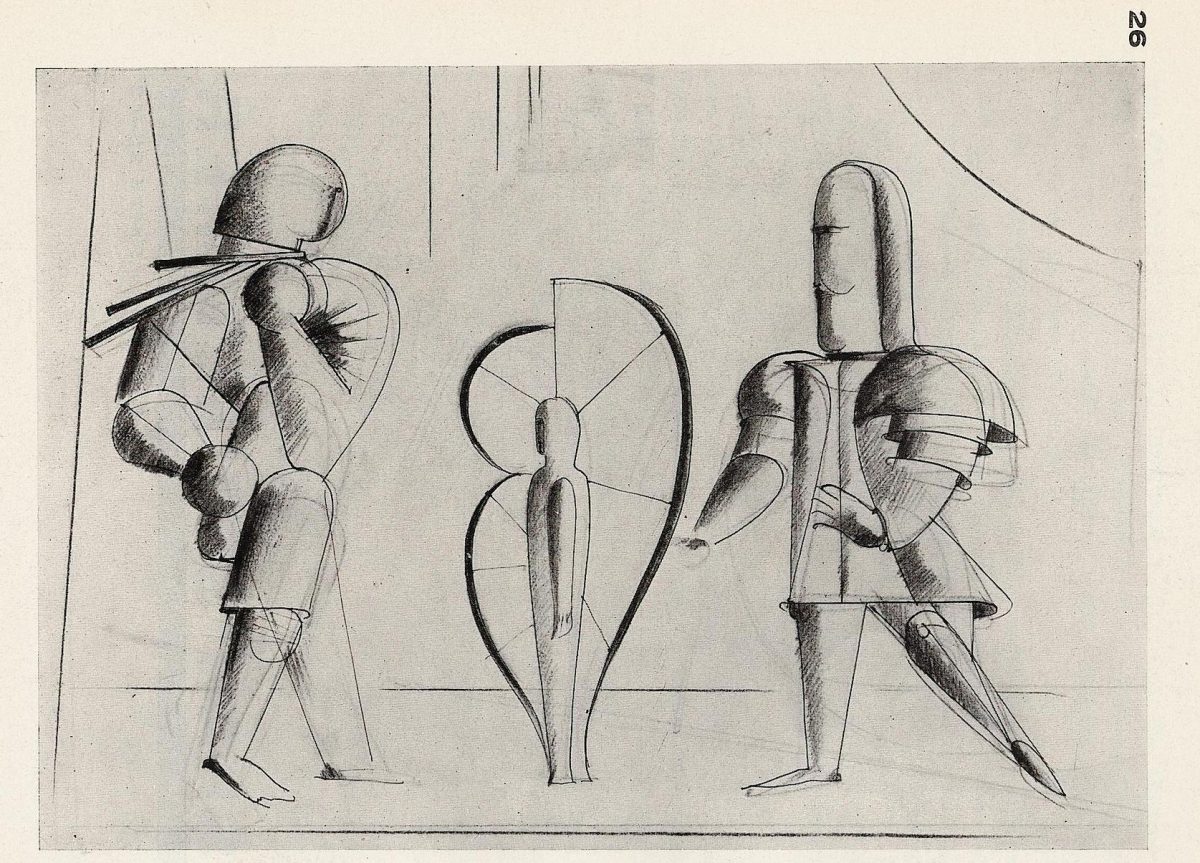
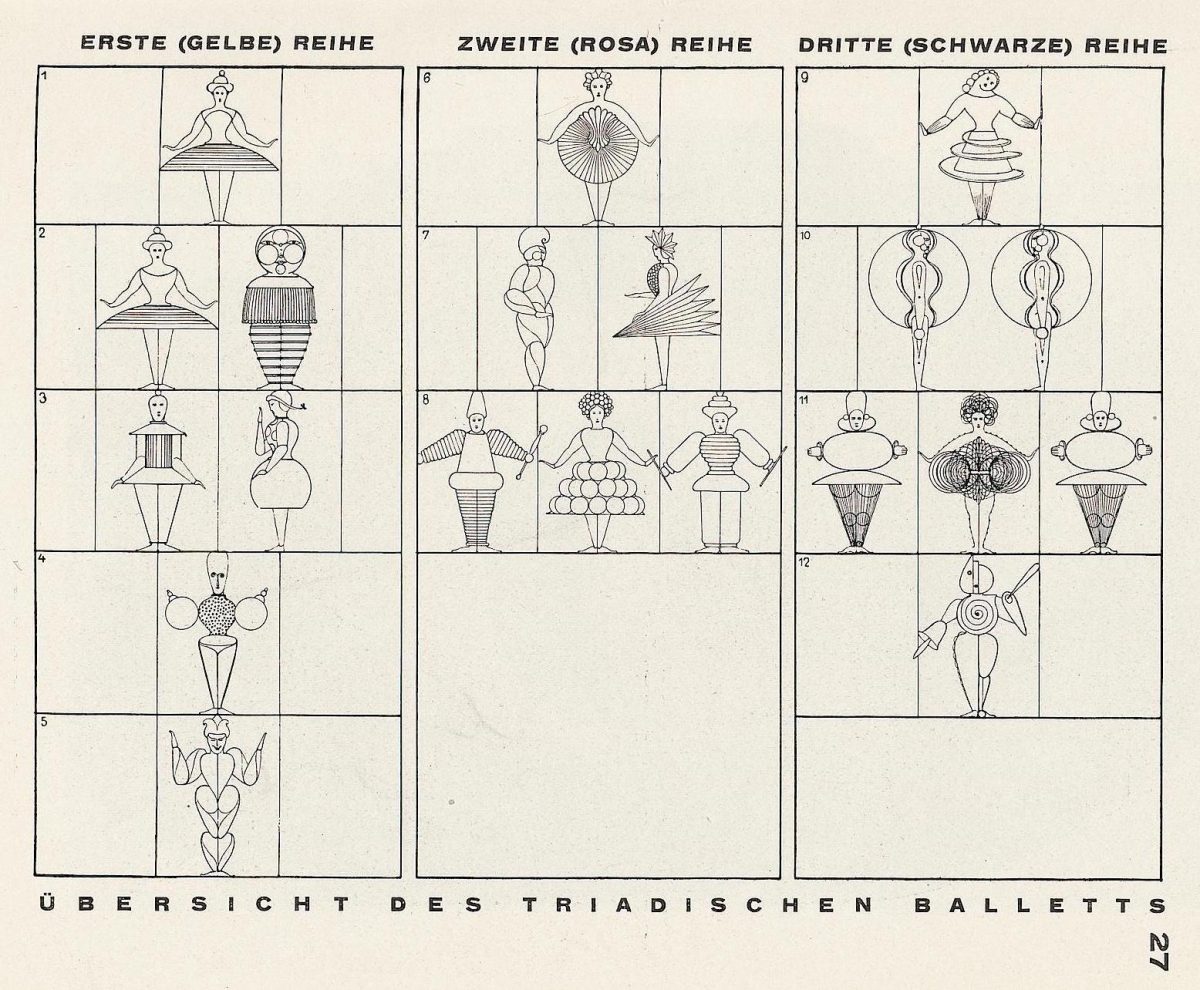

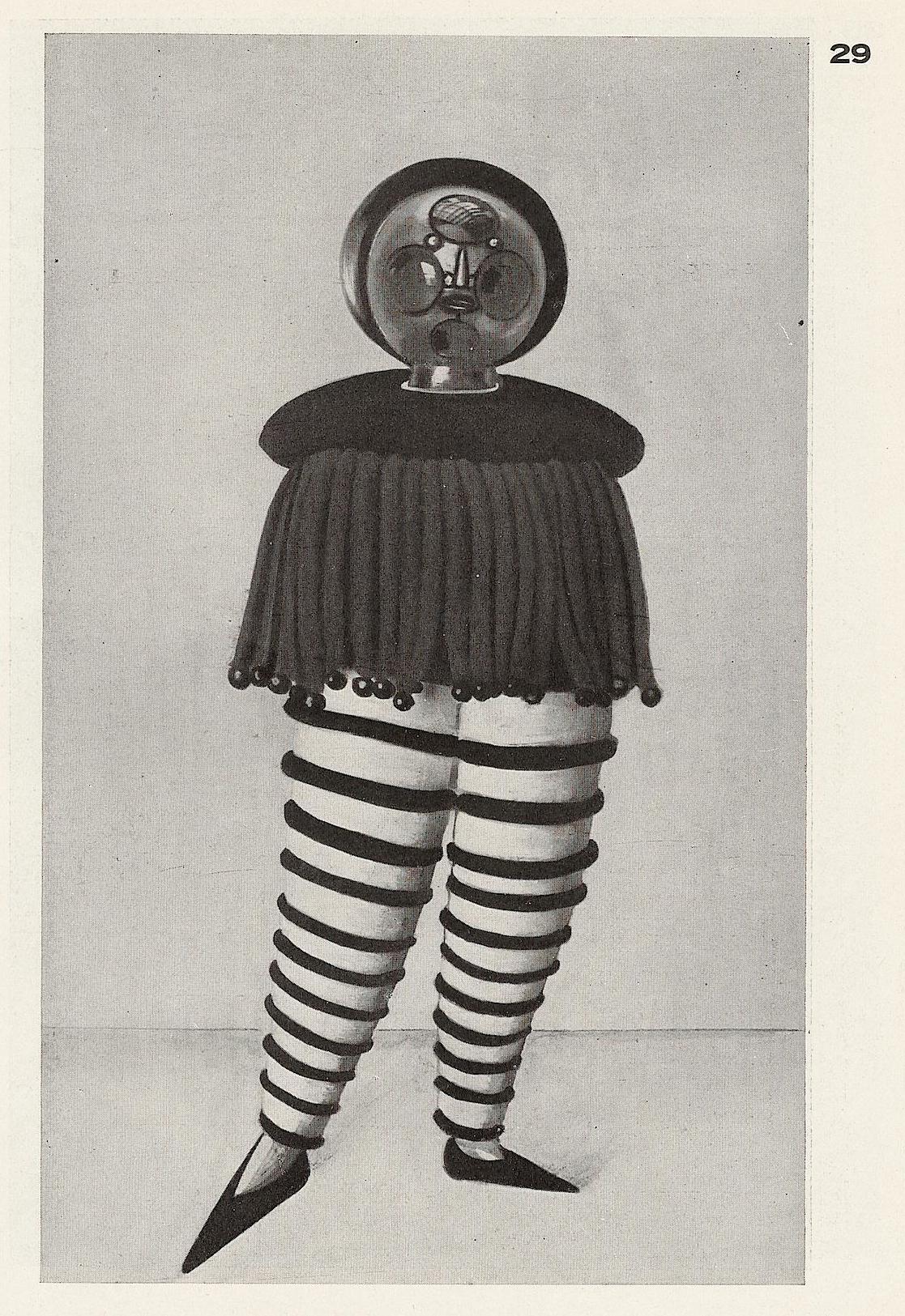
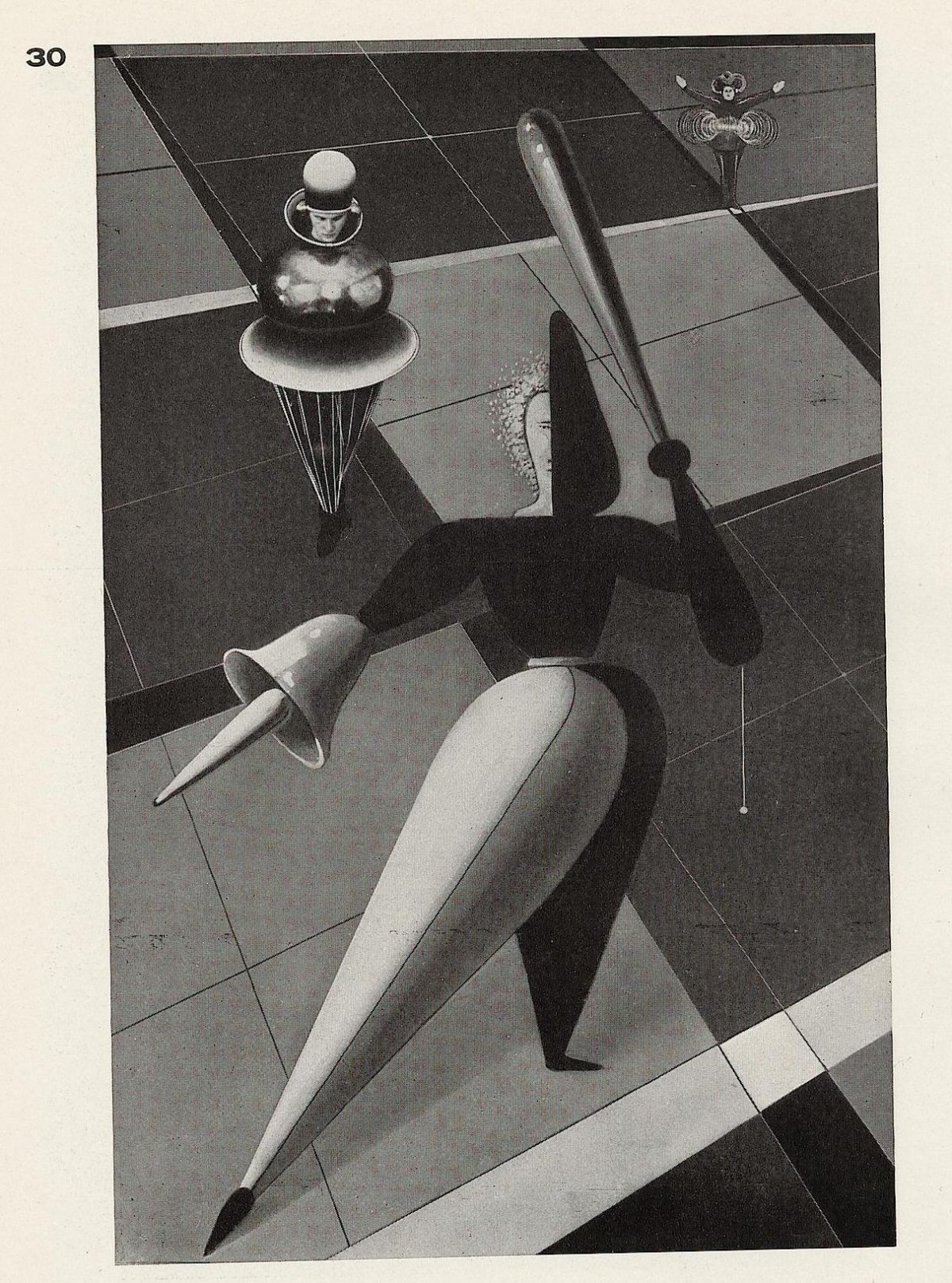
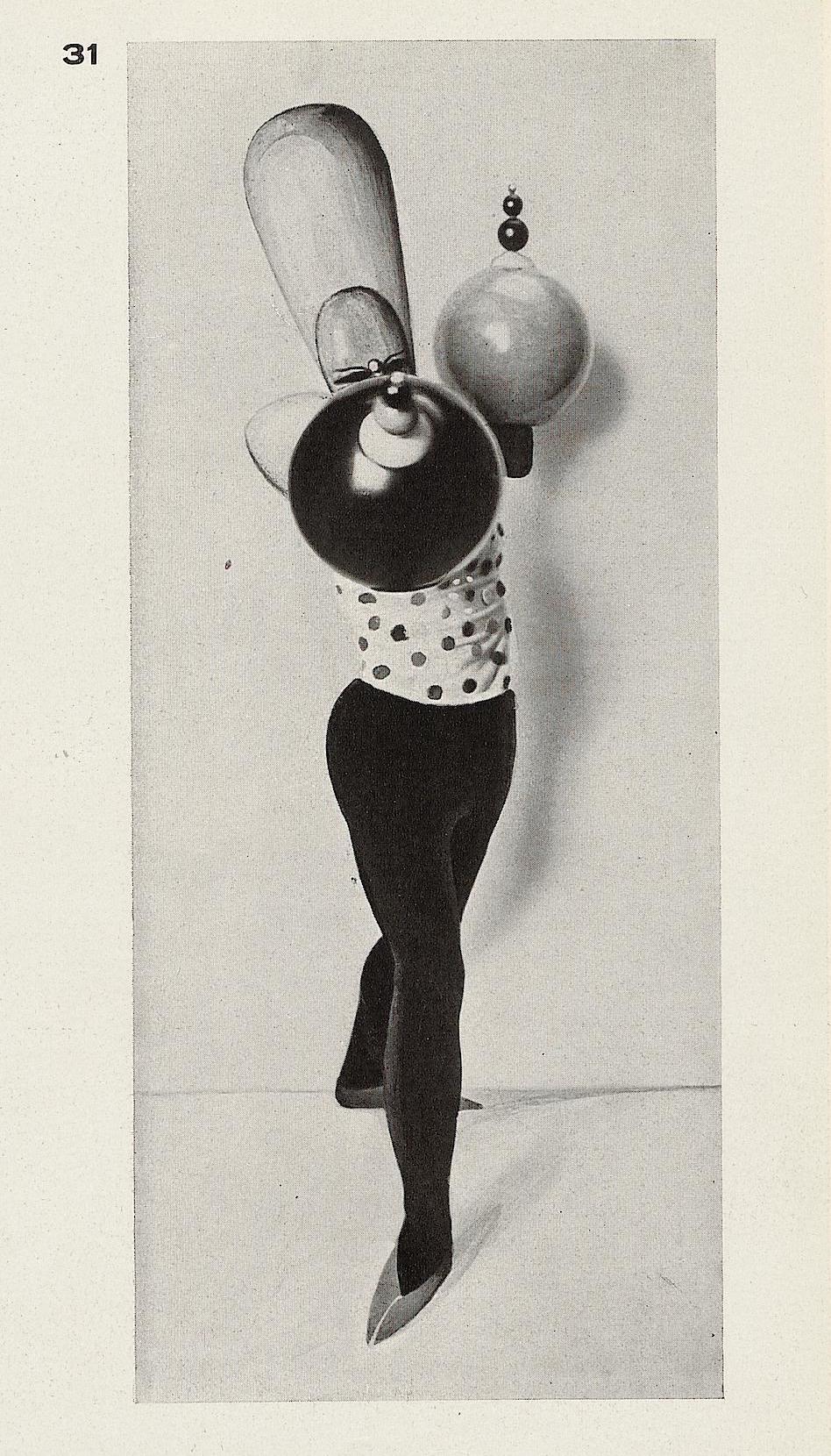
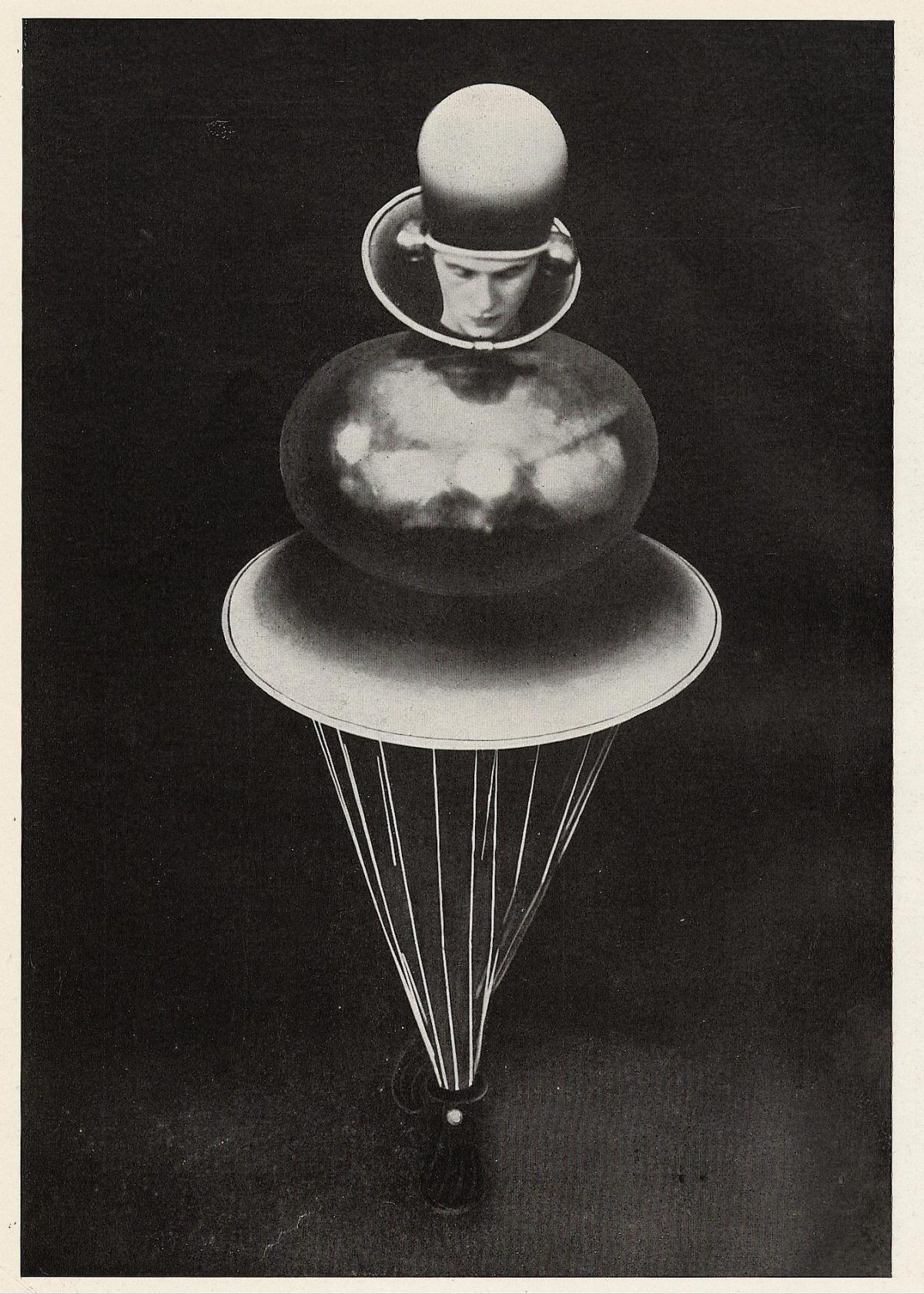
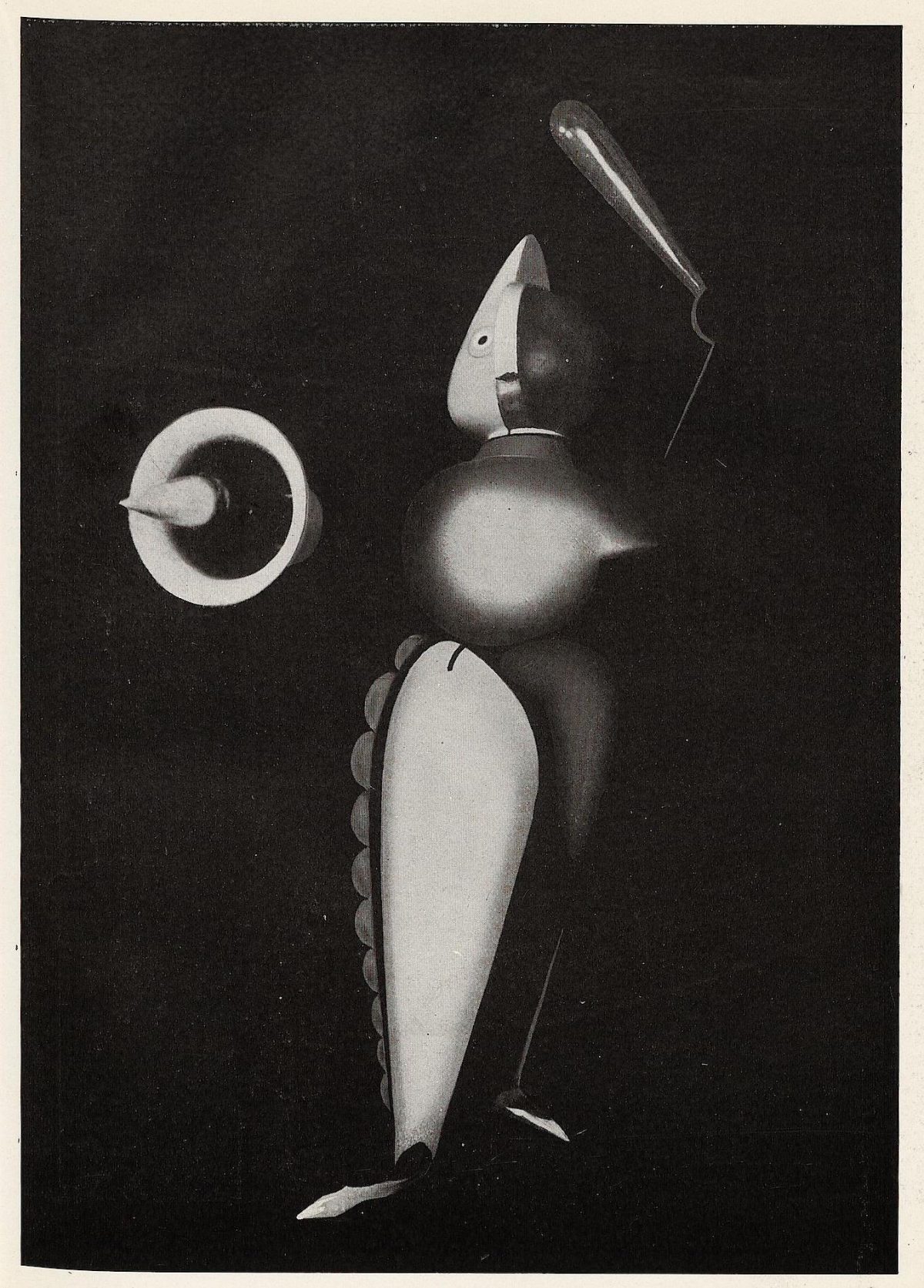
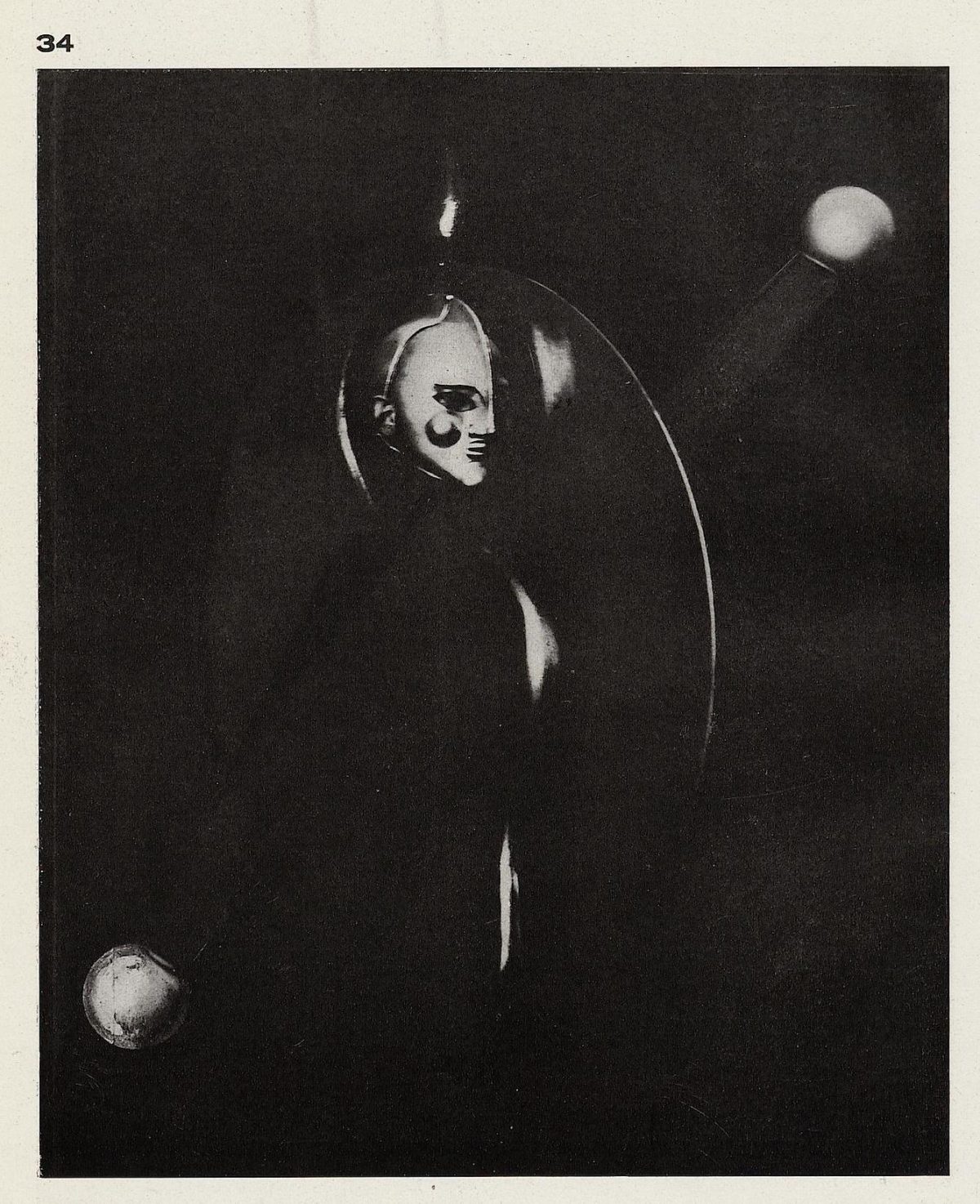
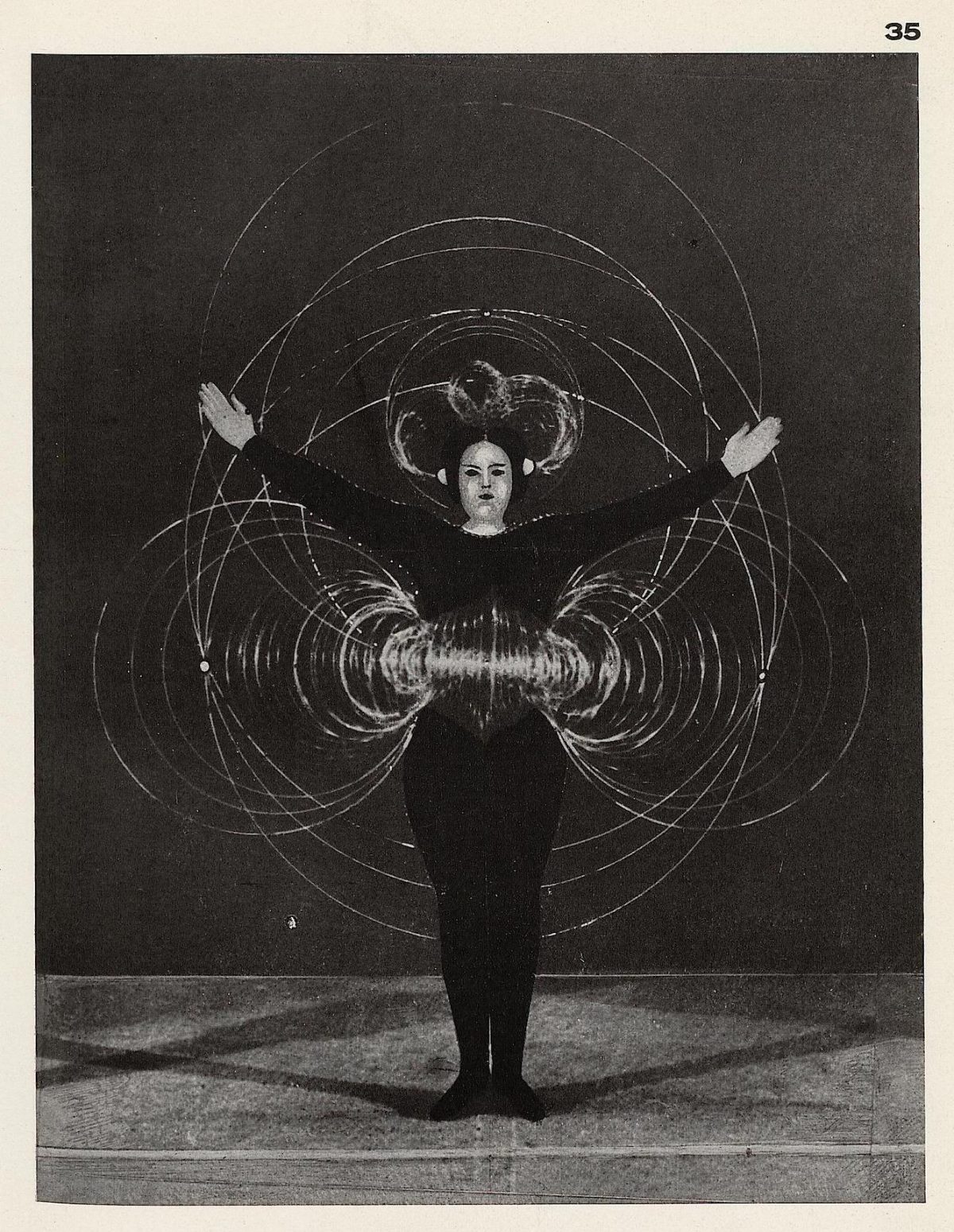


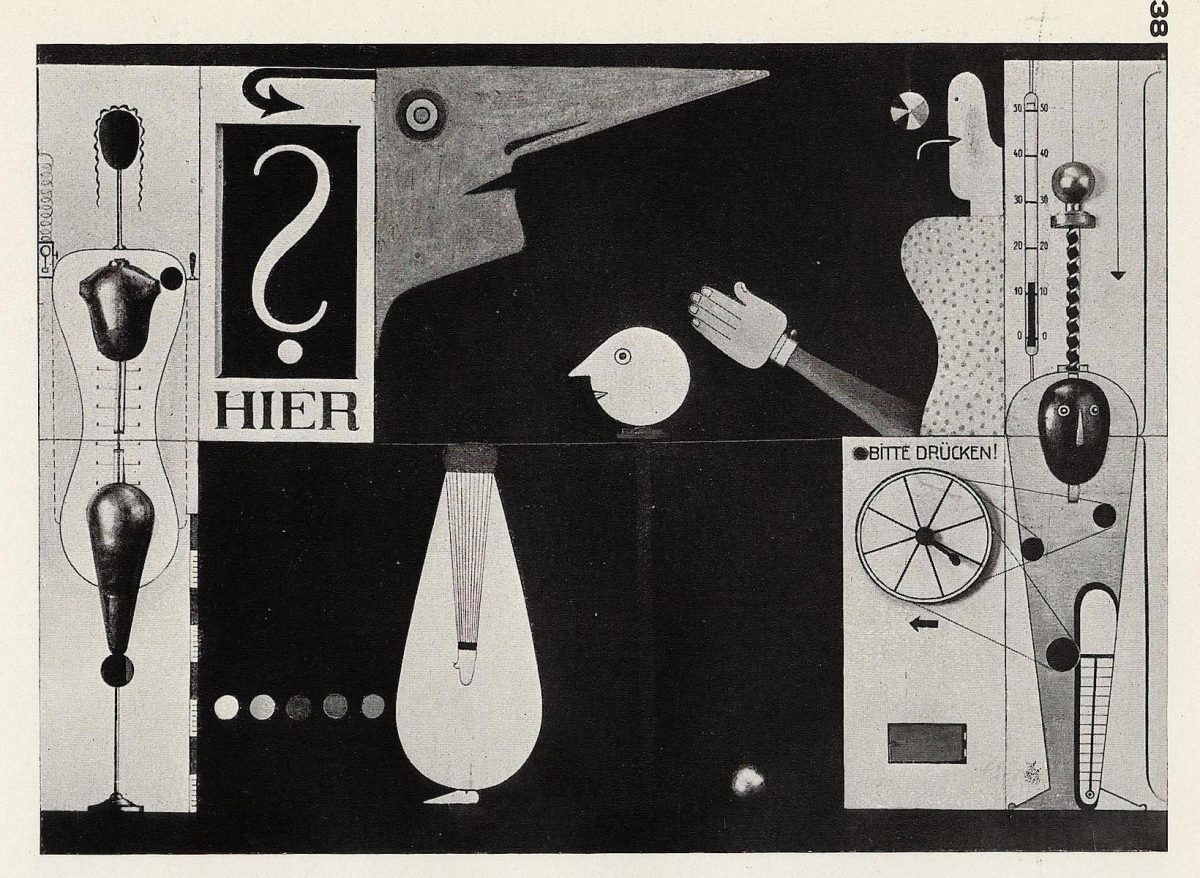
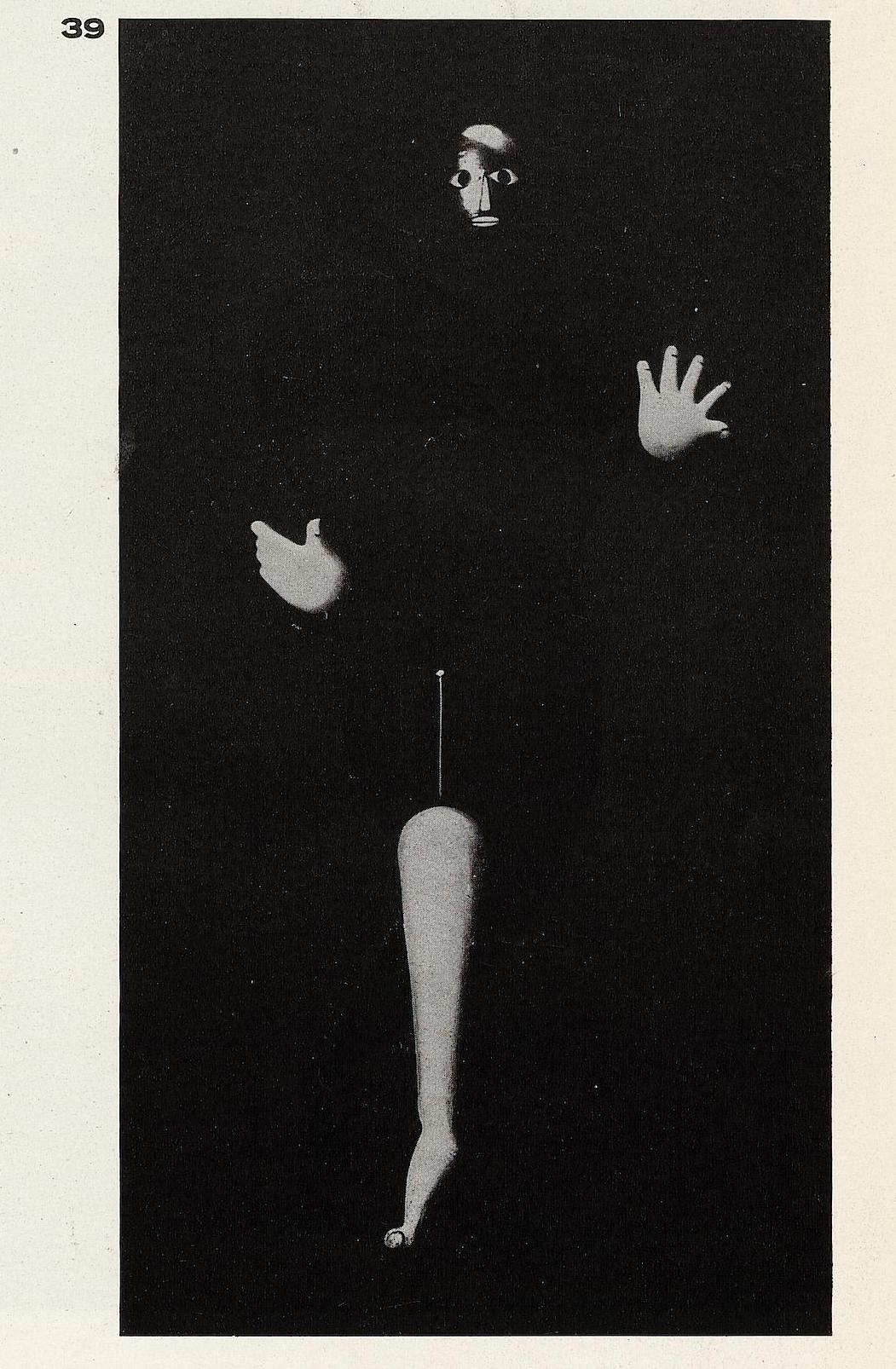
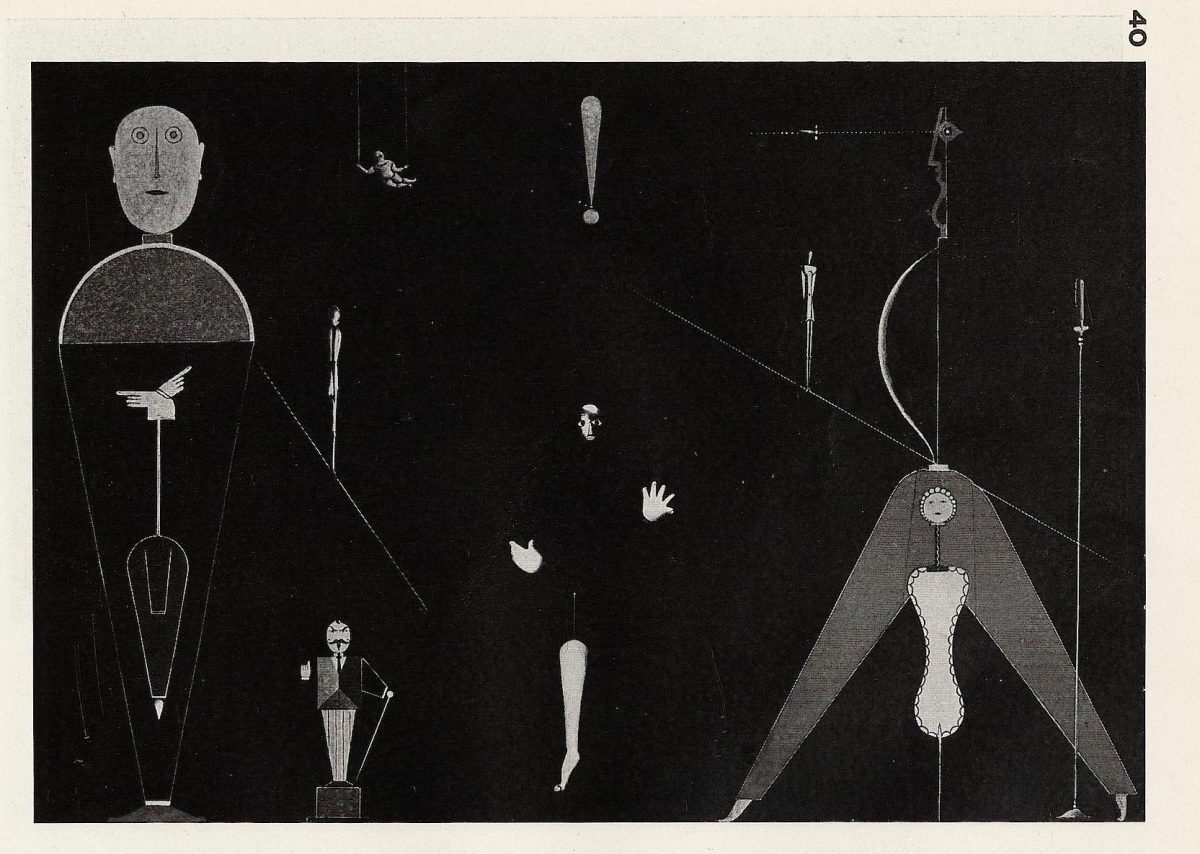

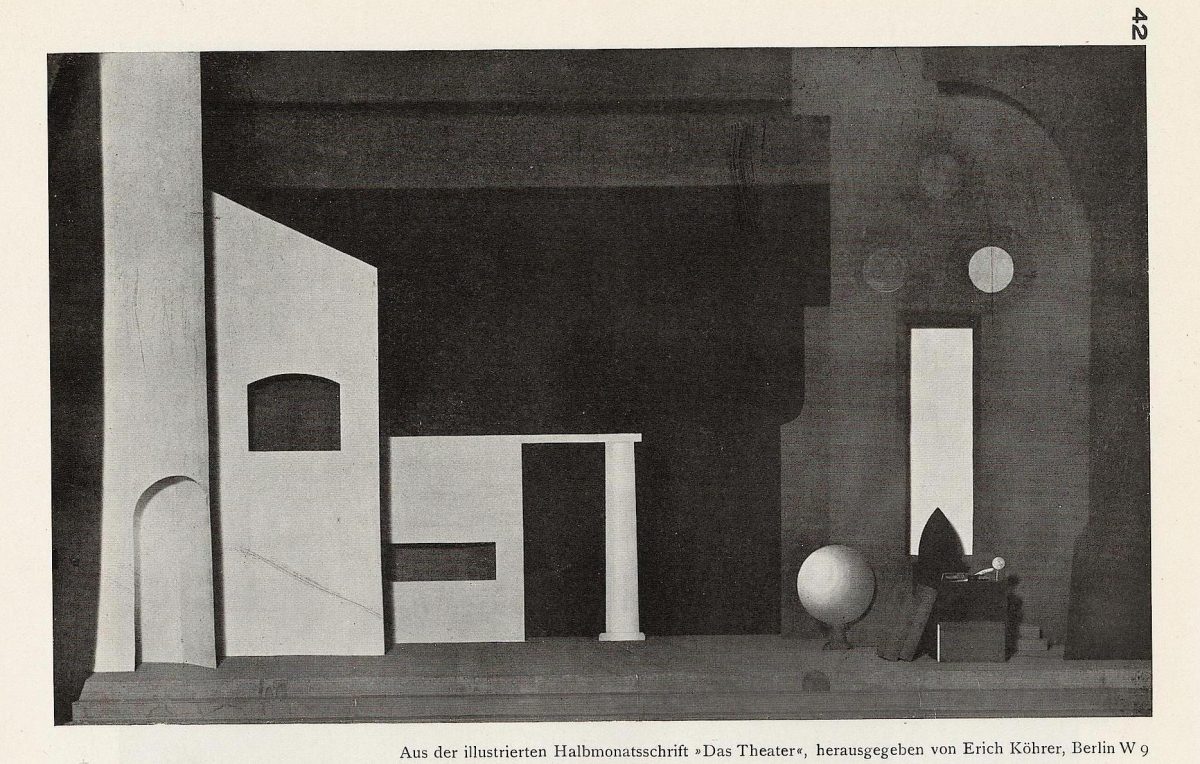
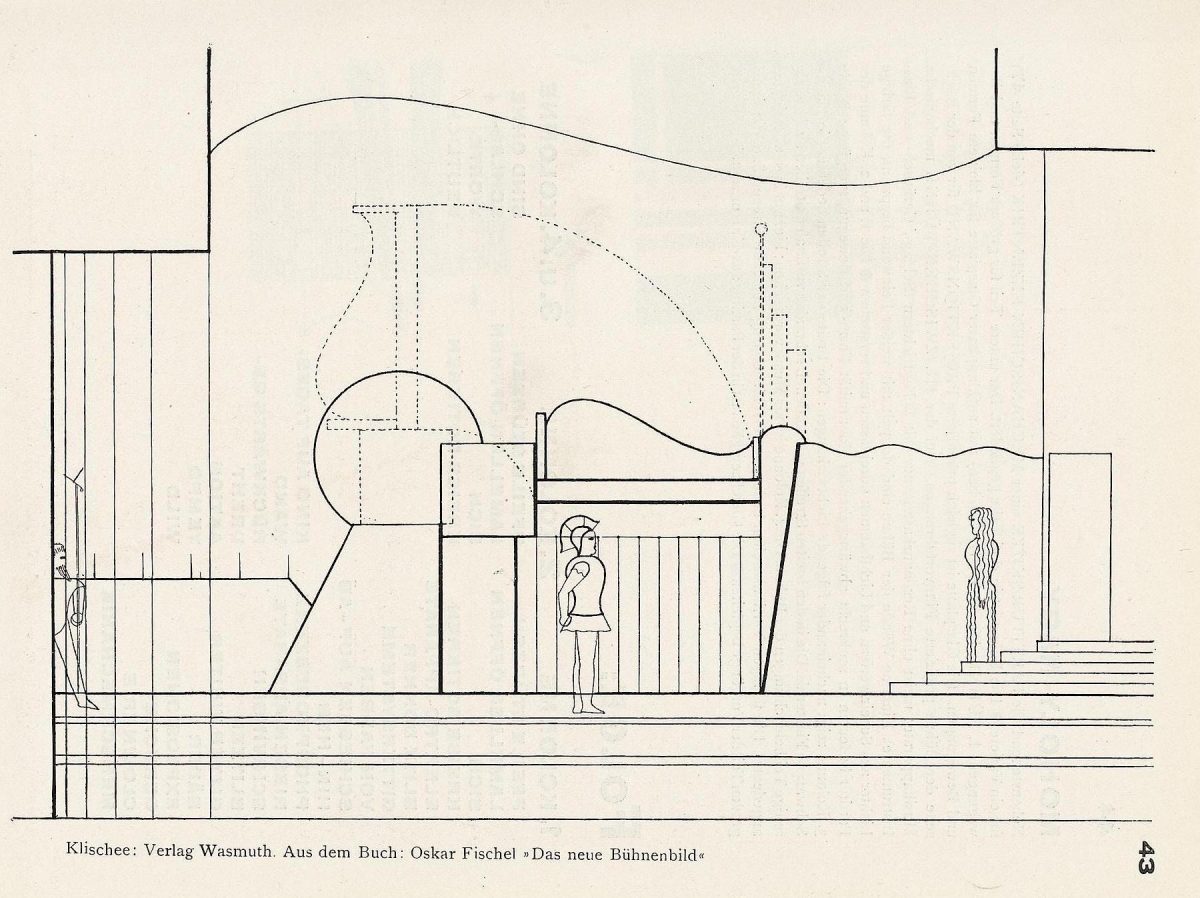
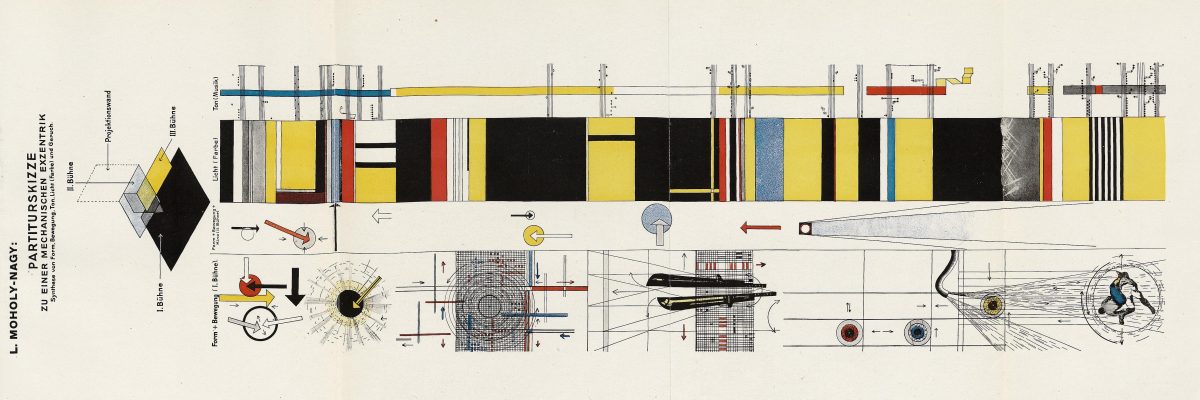
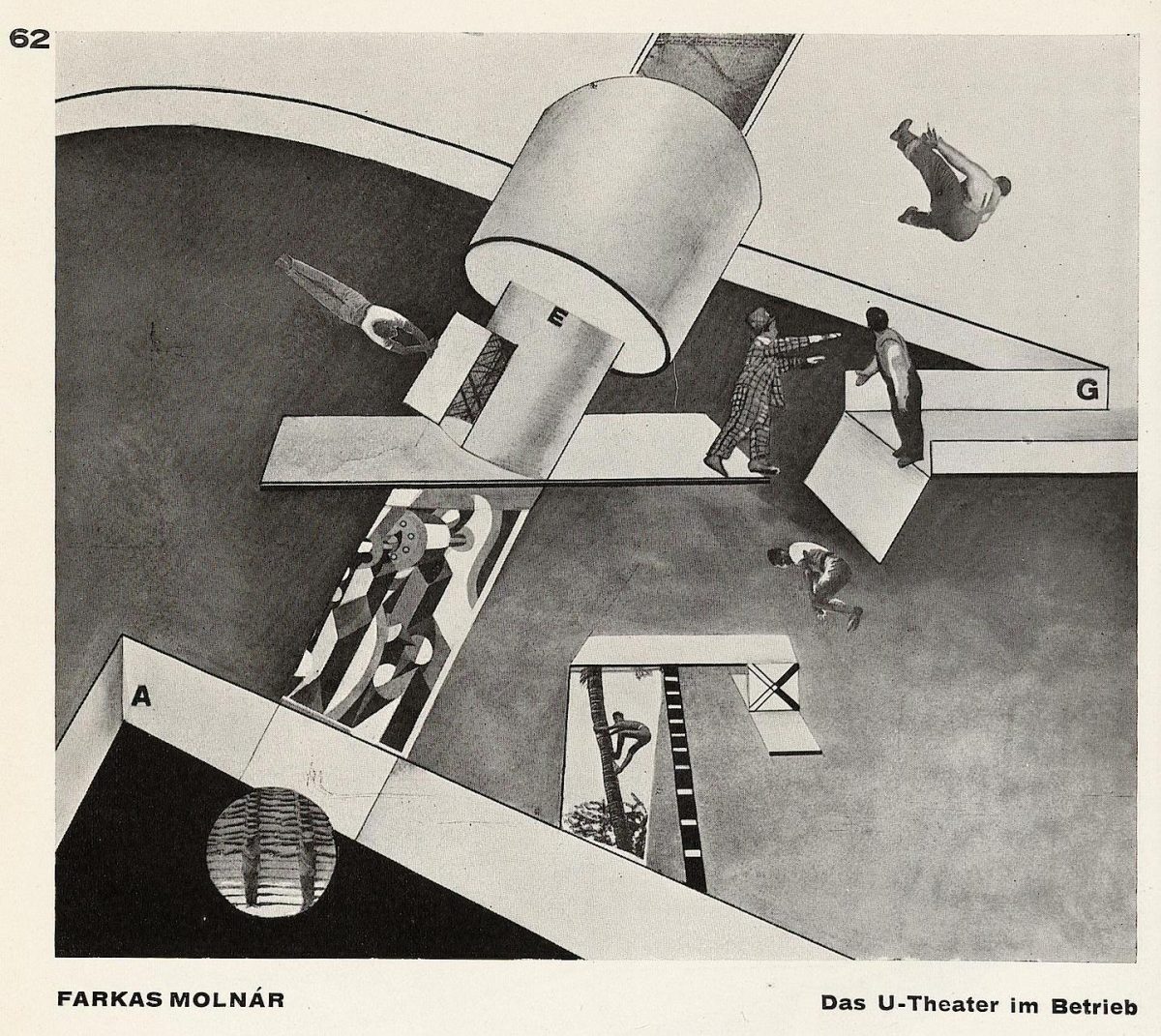
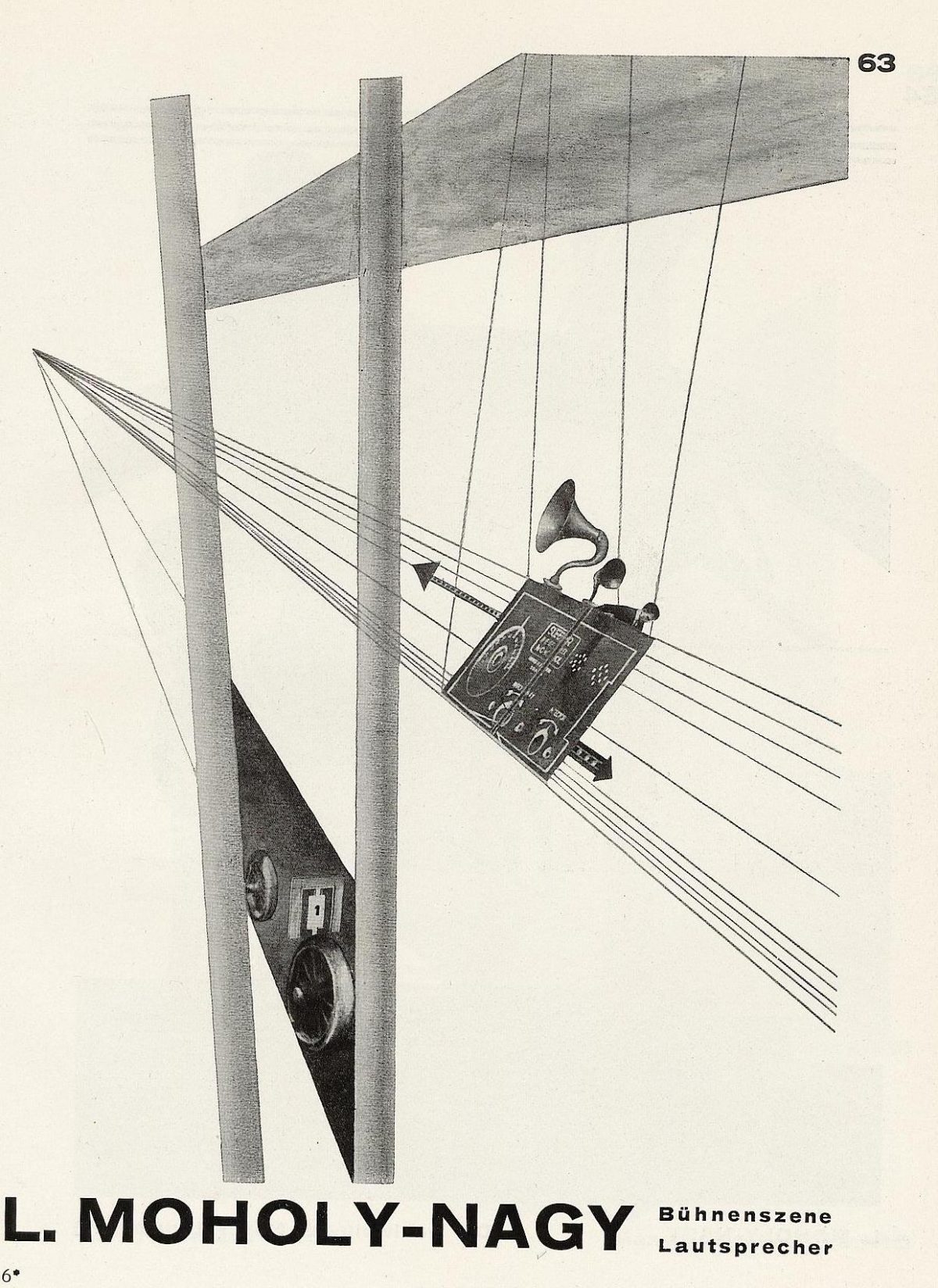

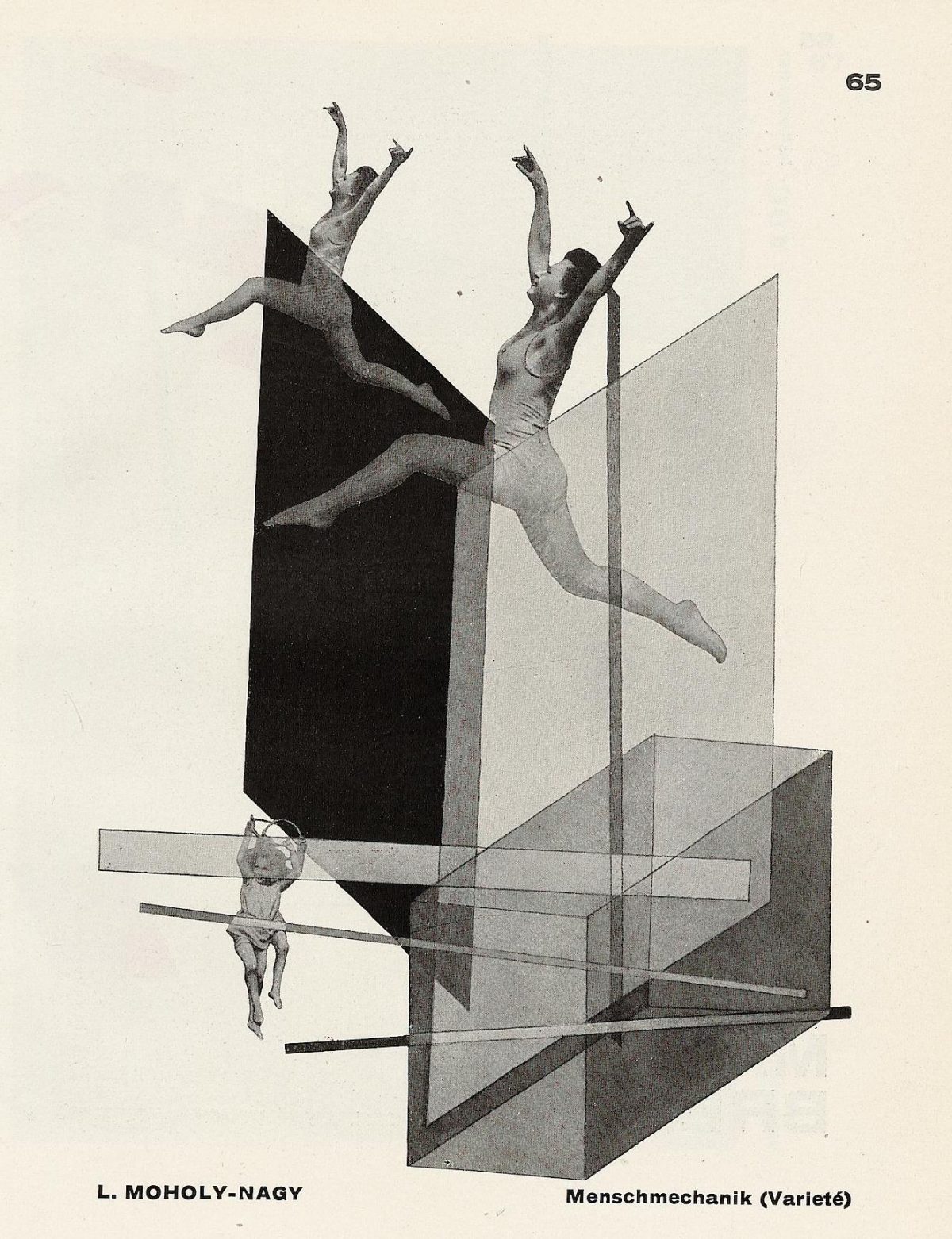
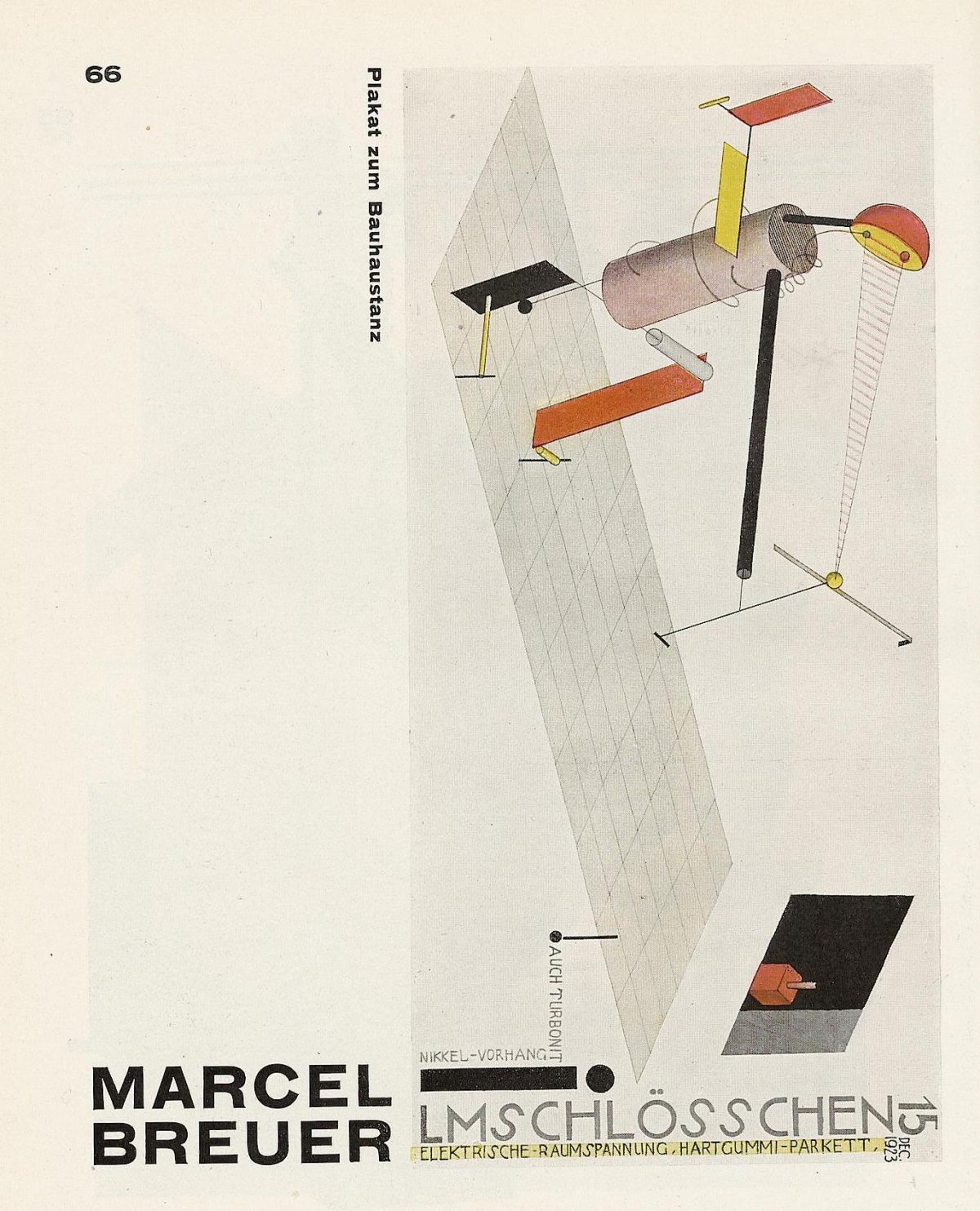
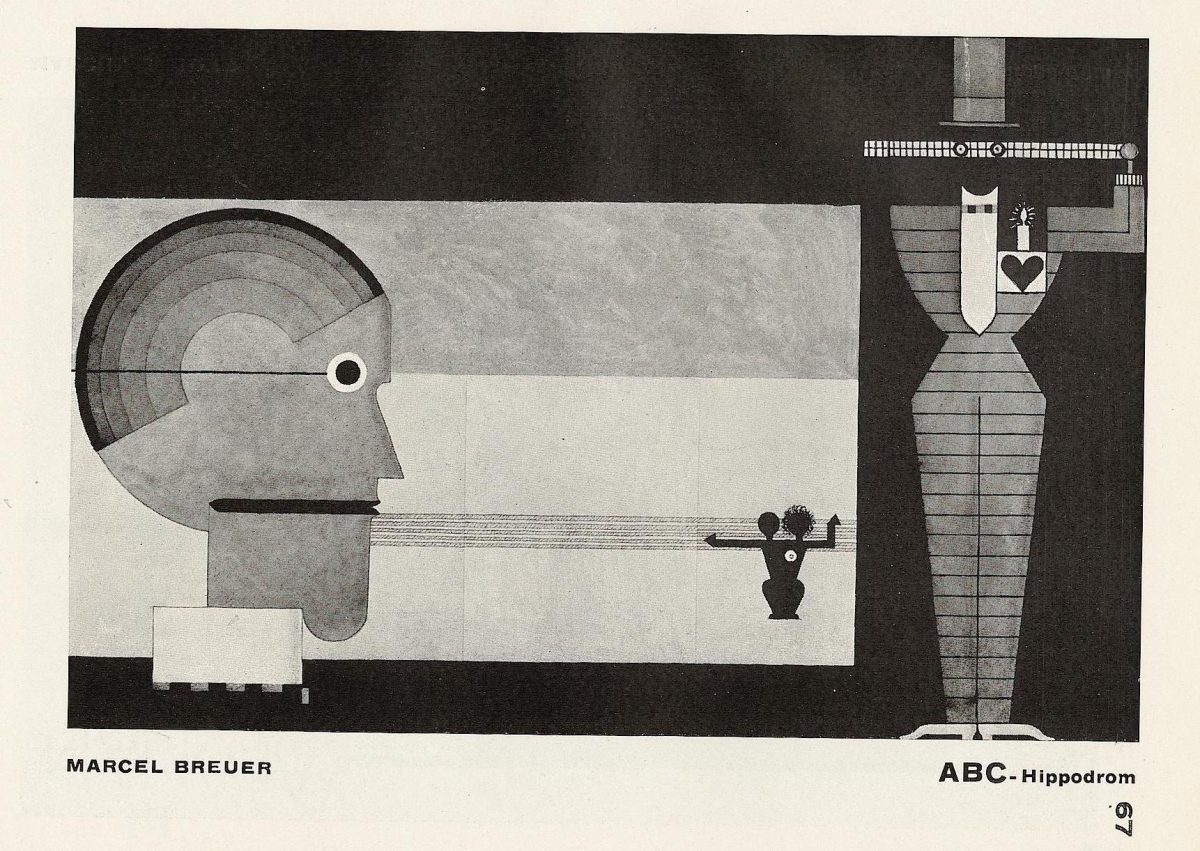
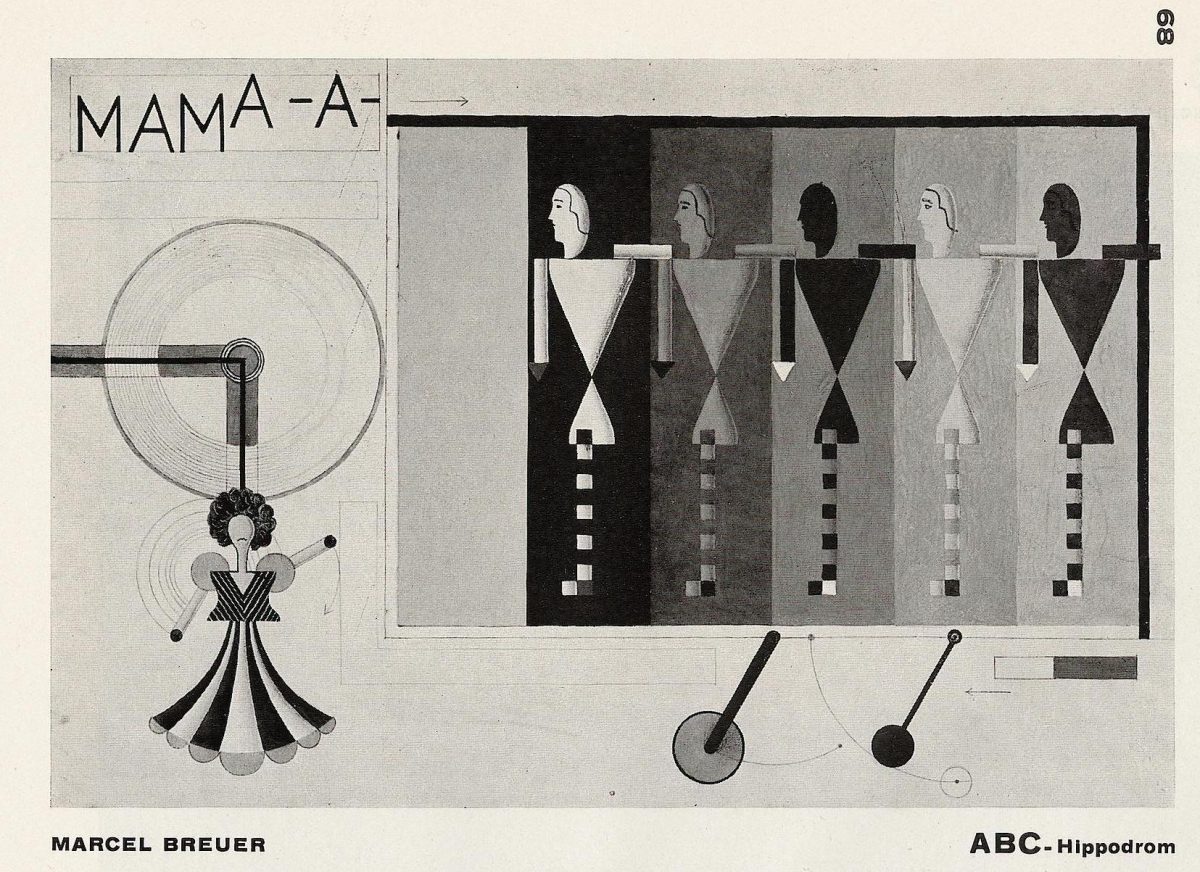
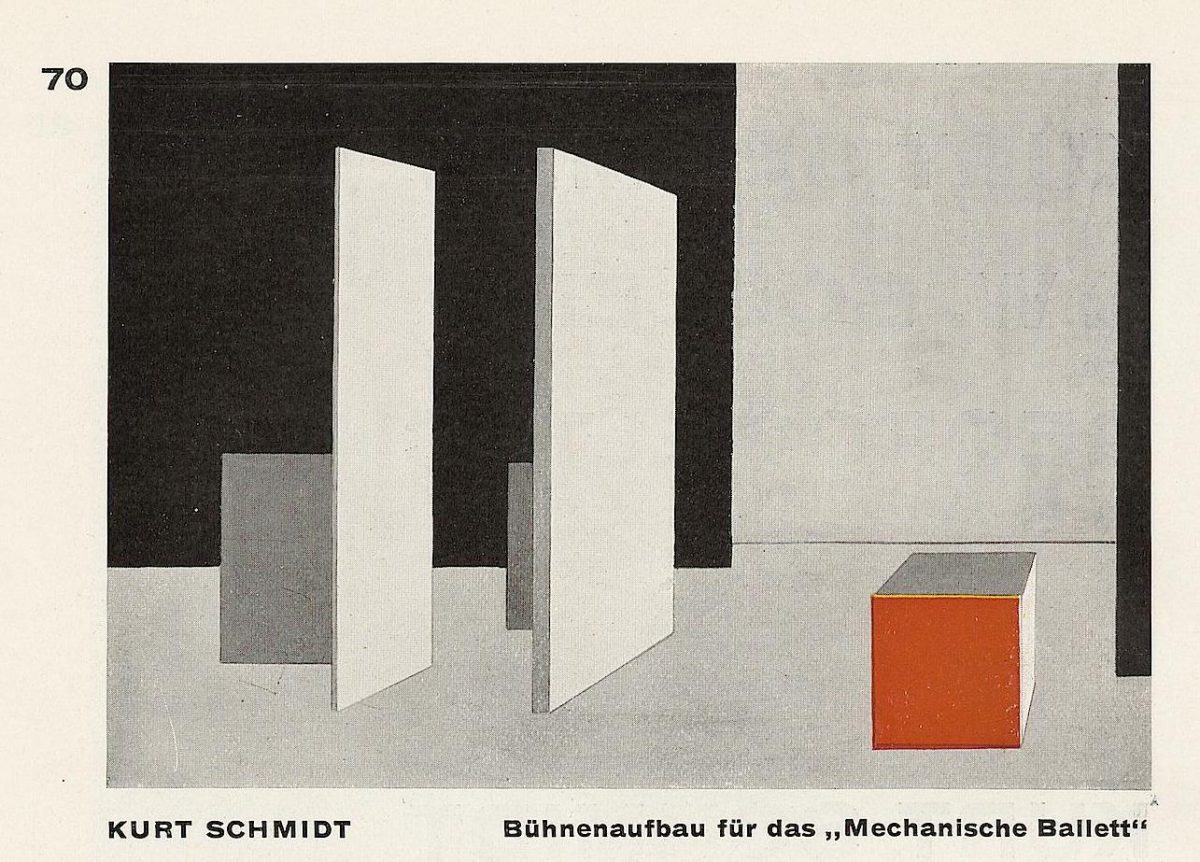
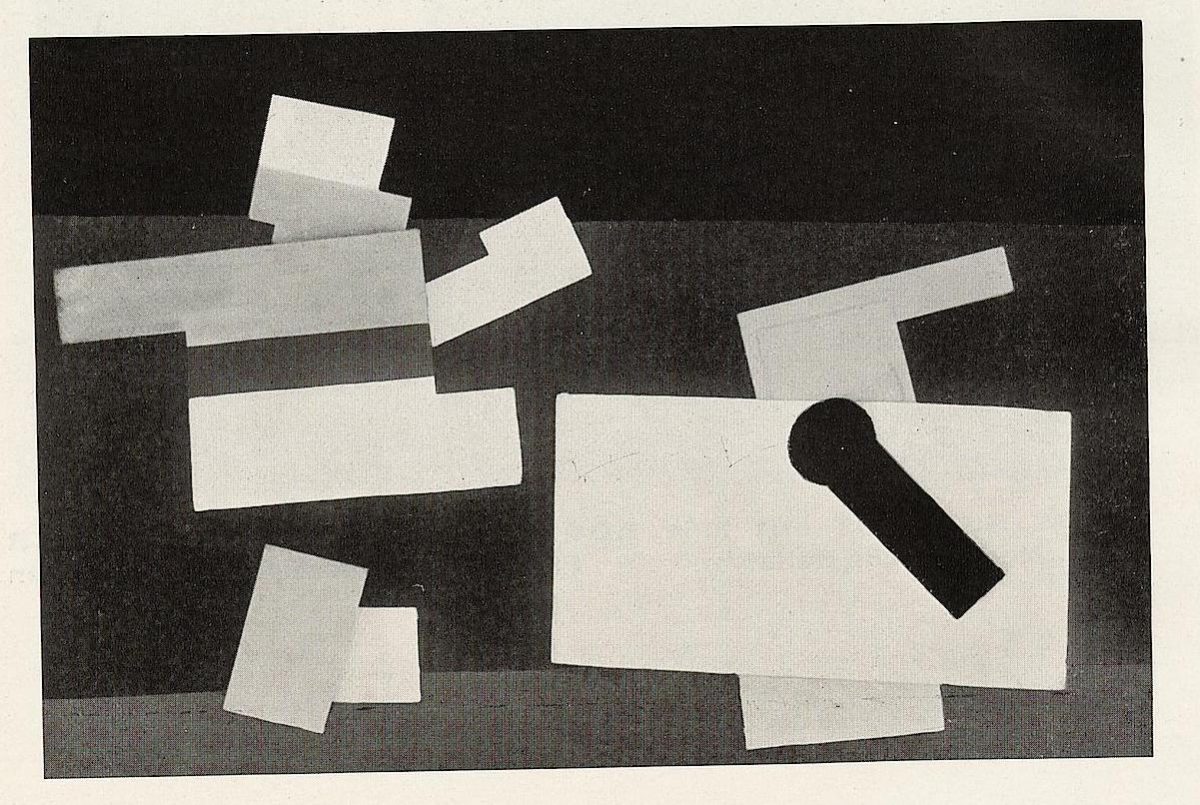




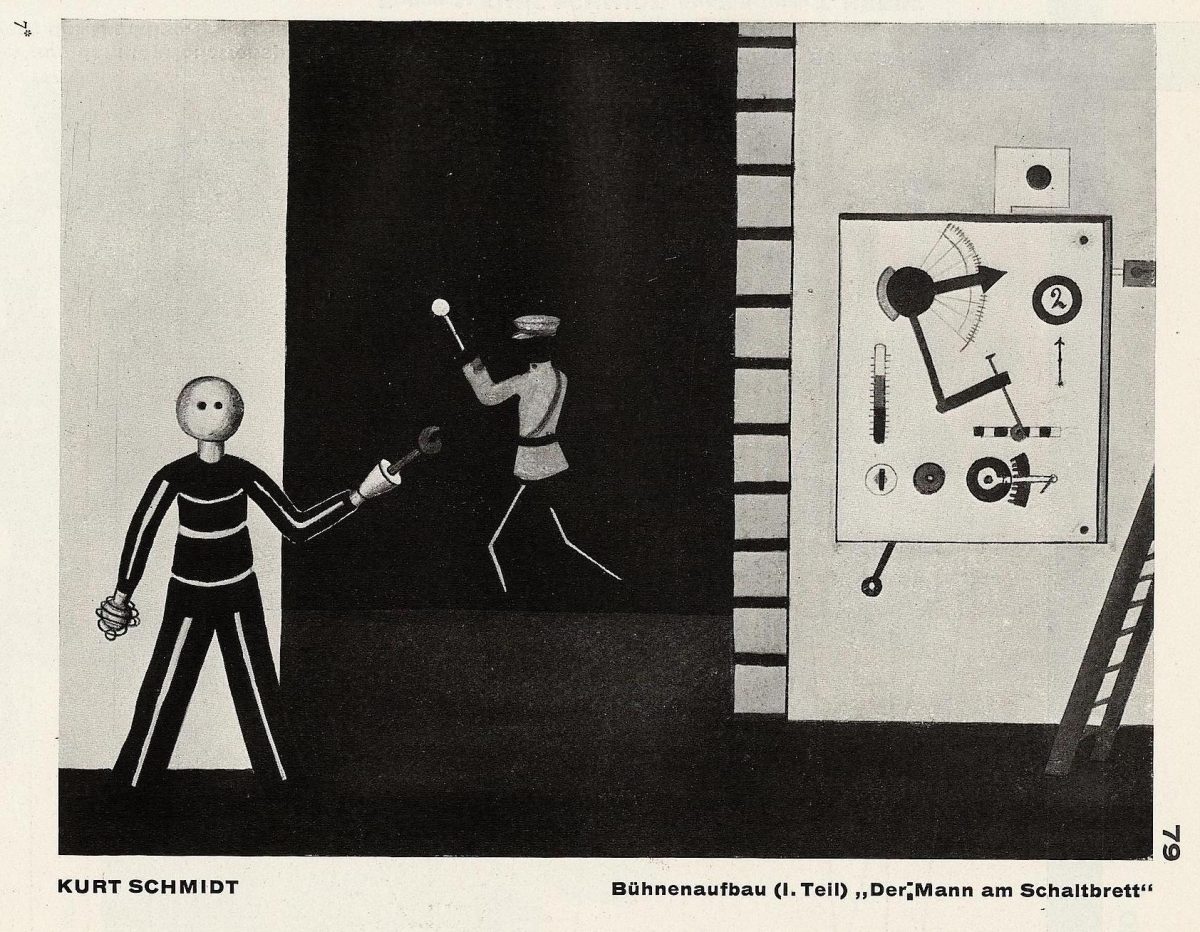

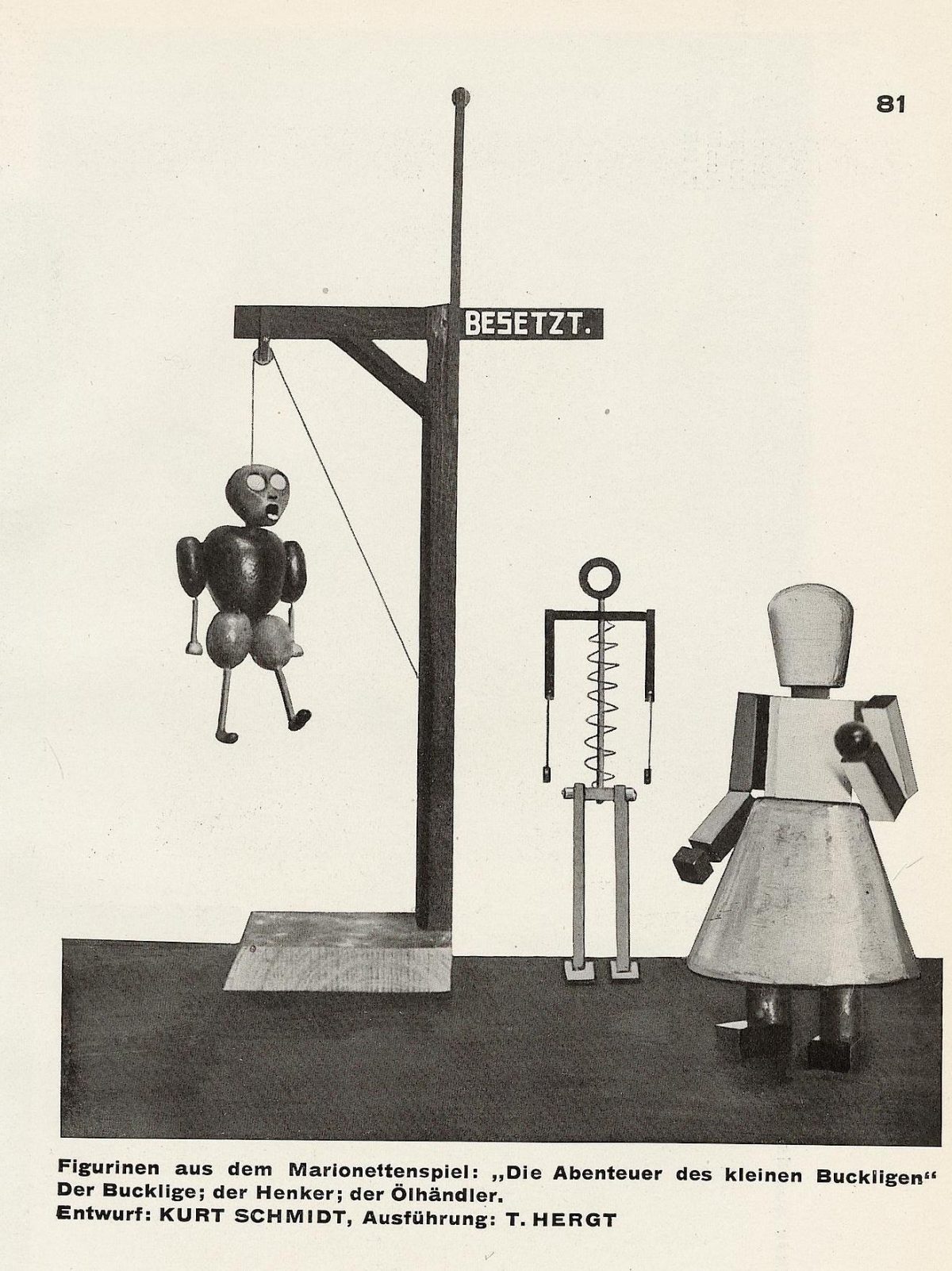

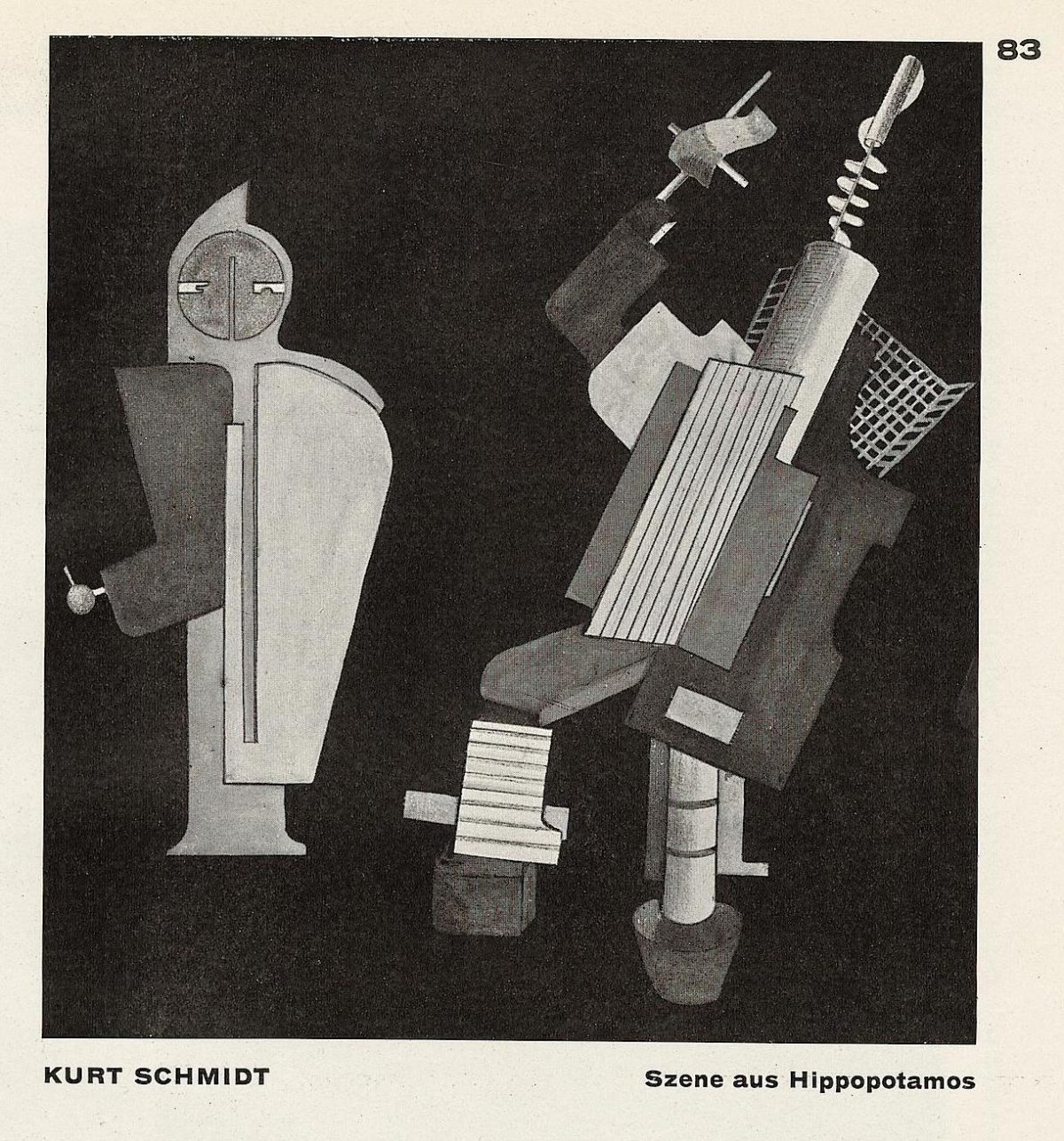
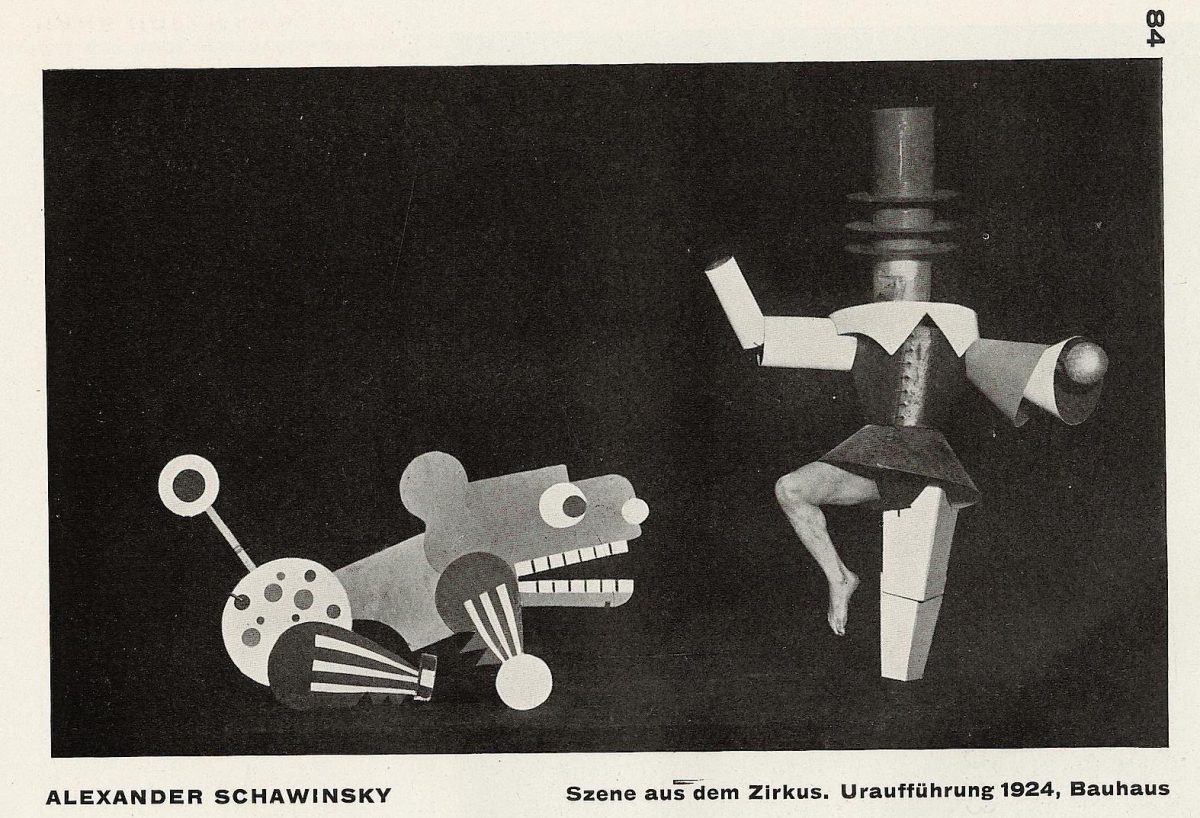
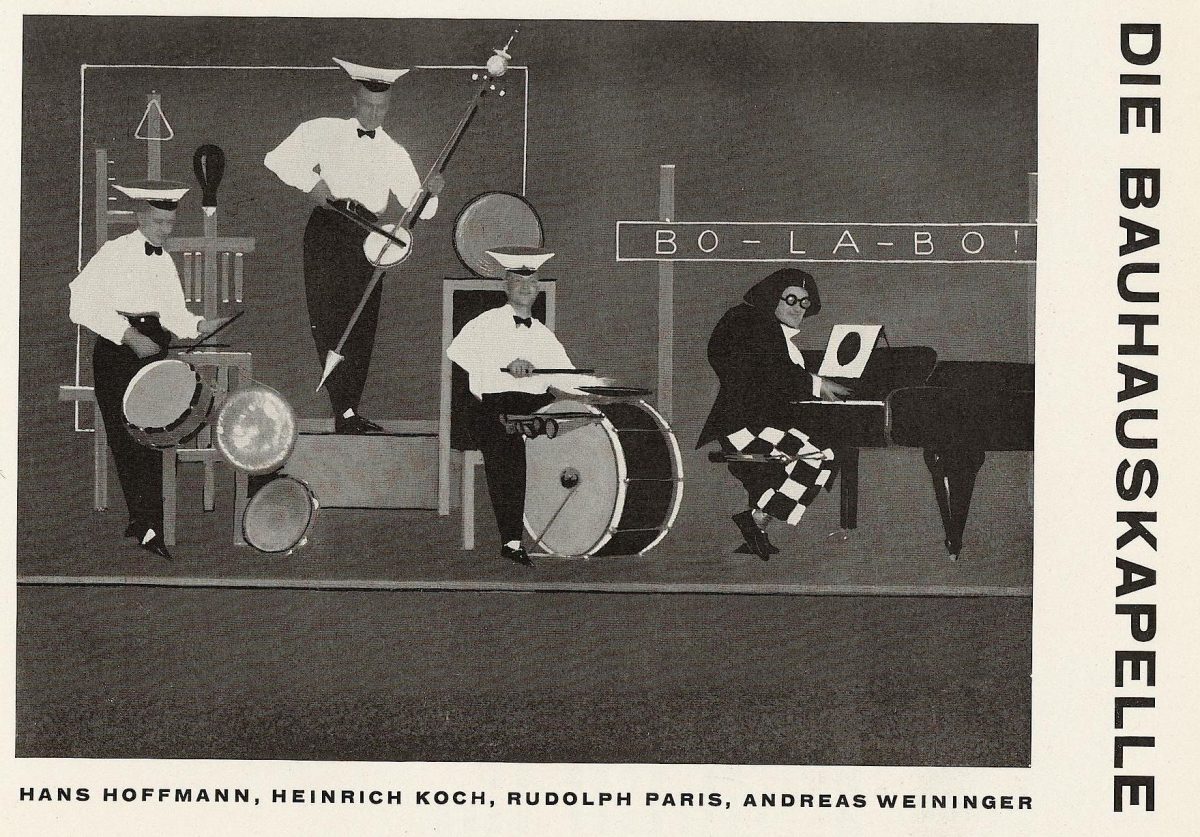
From the collection of Universitätsbibliothek Heidelberg (Heidelberg University Library).
Would you like to support Flashbak?
Please consider making a donation to our site. We don't want to rely on ads to bring you the best of visual culture. You can also support us by signing up to our Mailing List. And you can also follow us on Facebook, Instagram and Twitter. For great art and culture delivered to your door, visit our shop.






